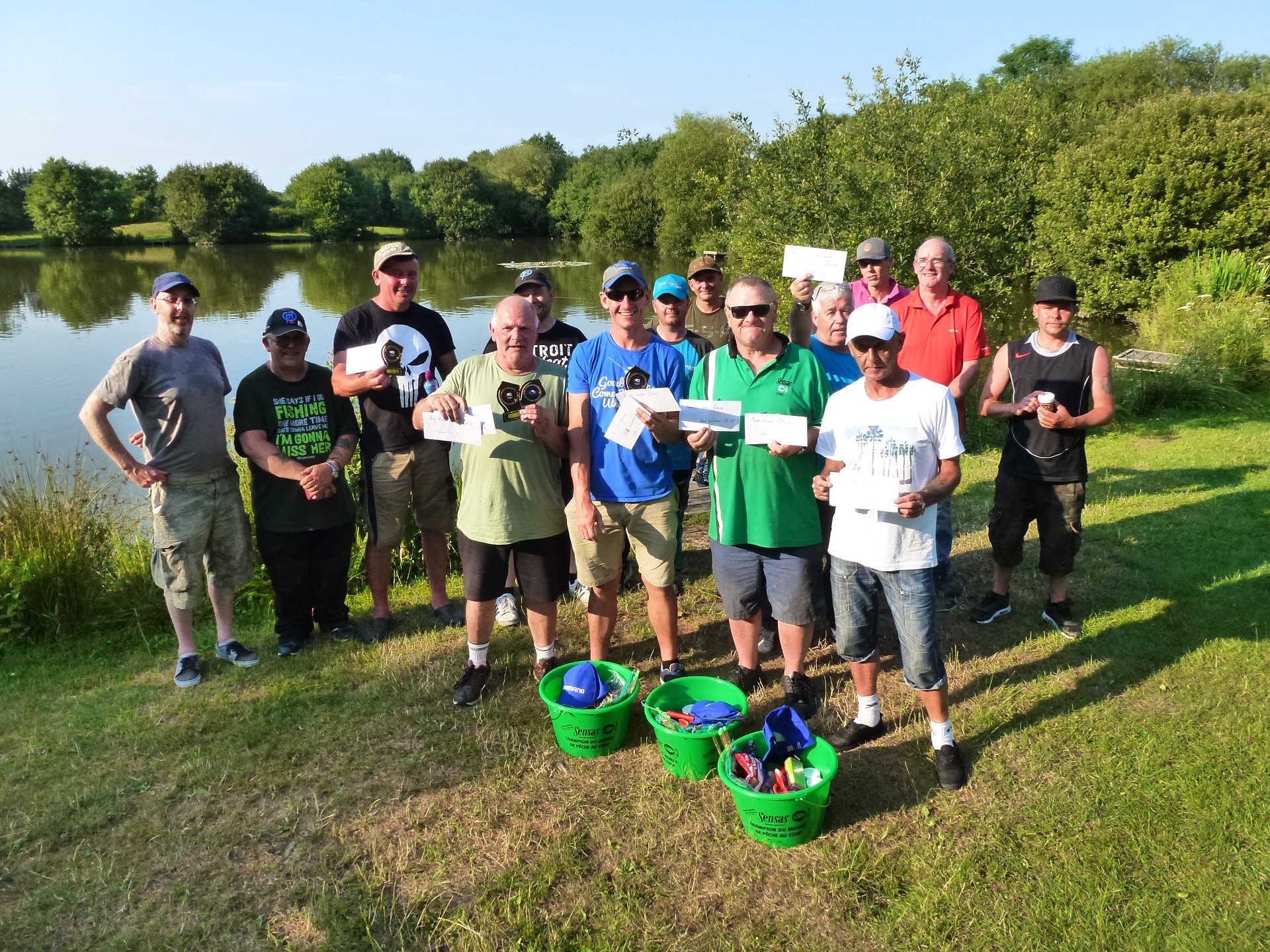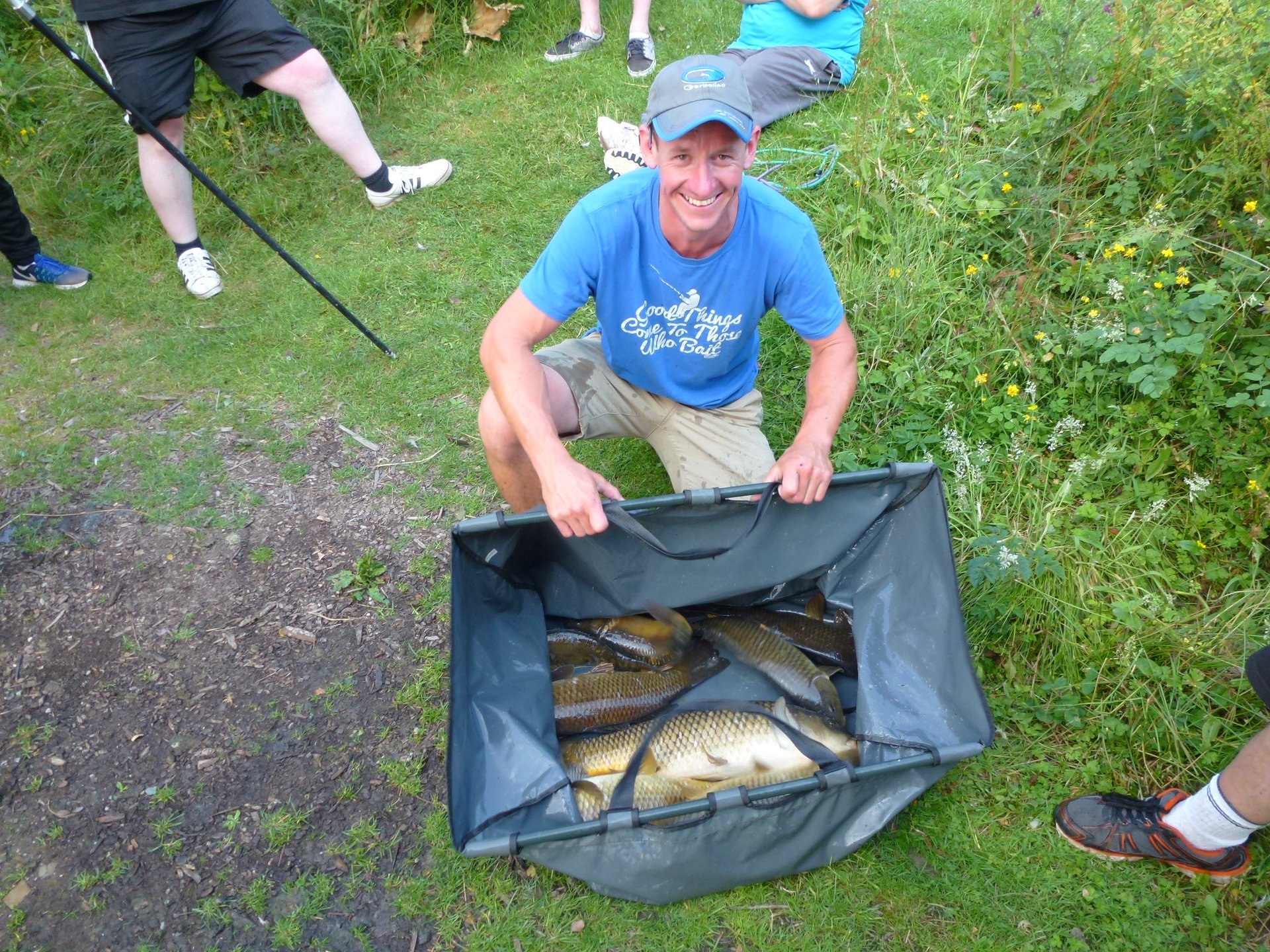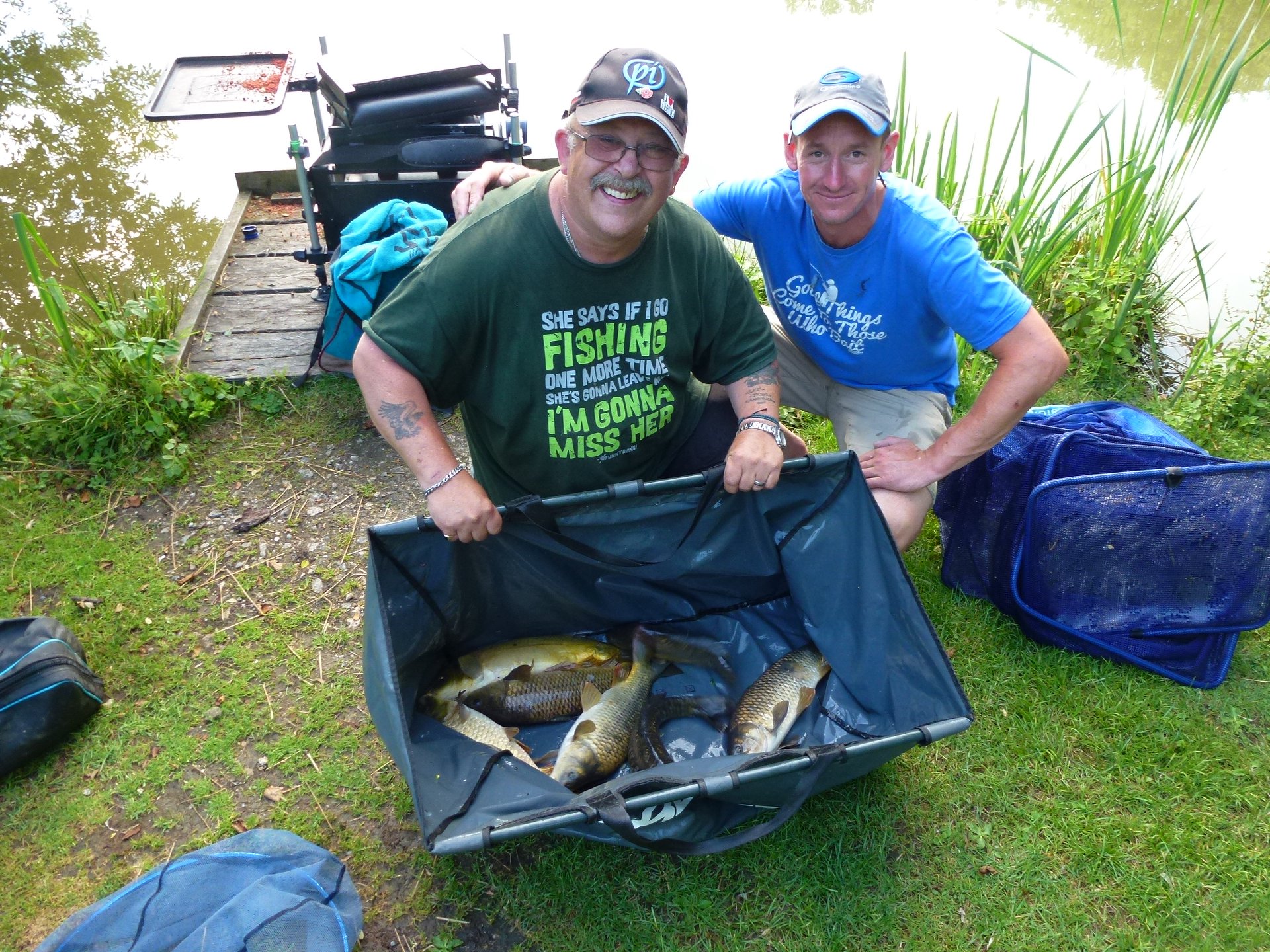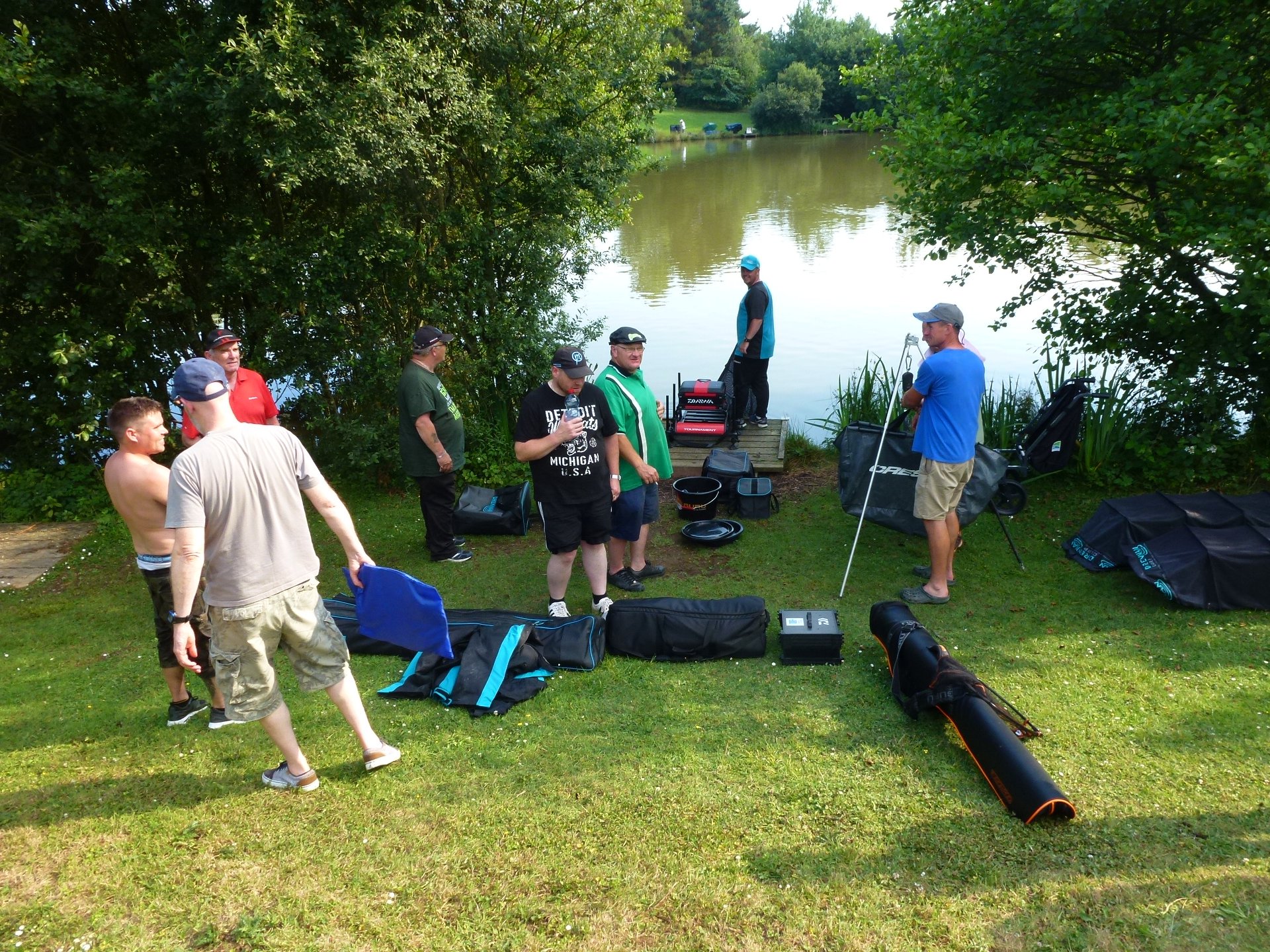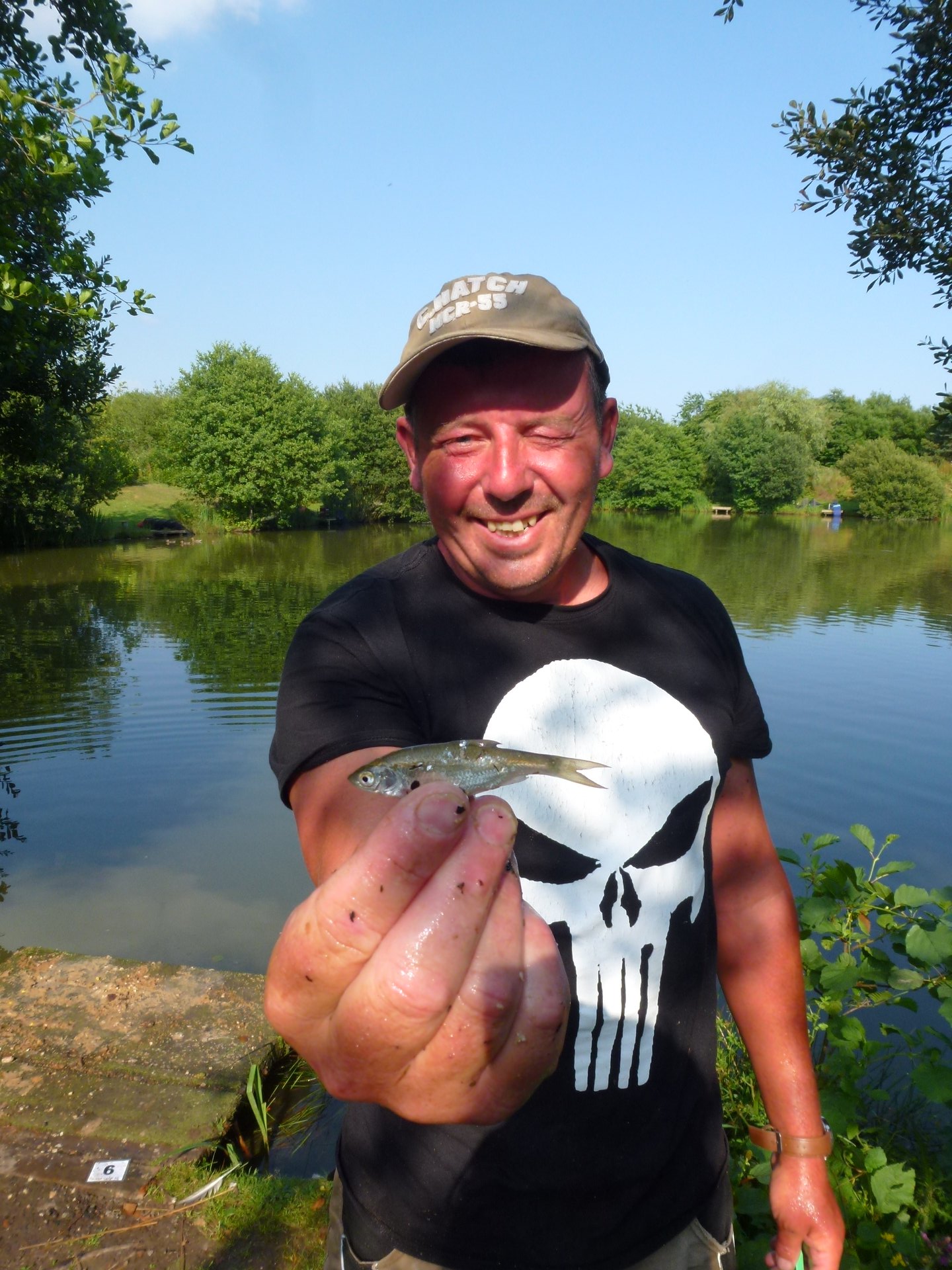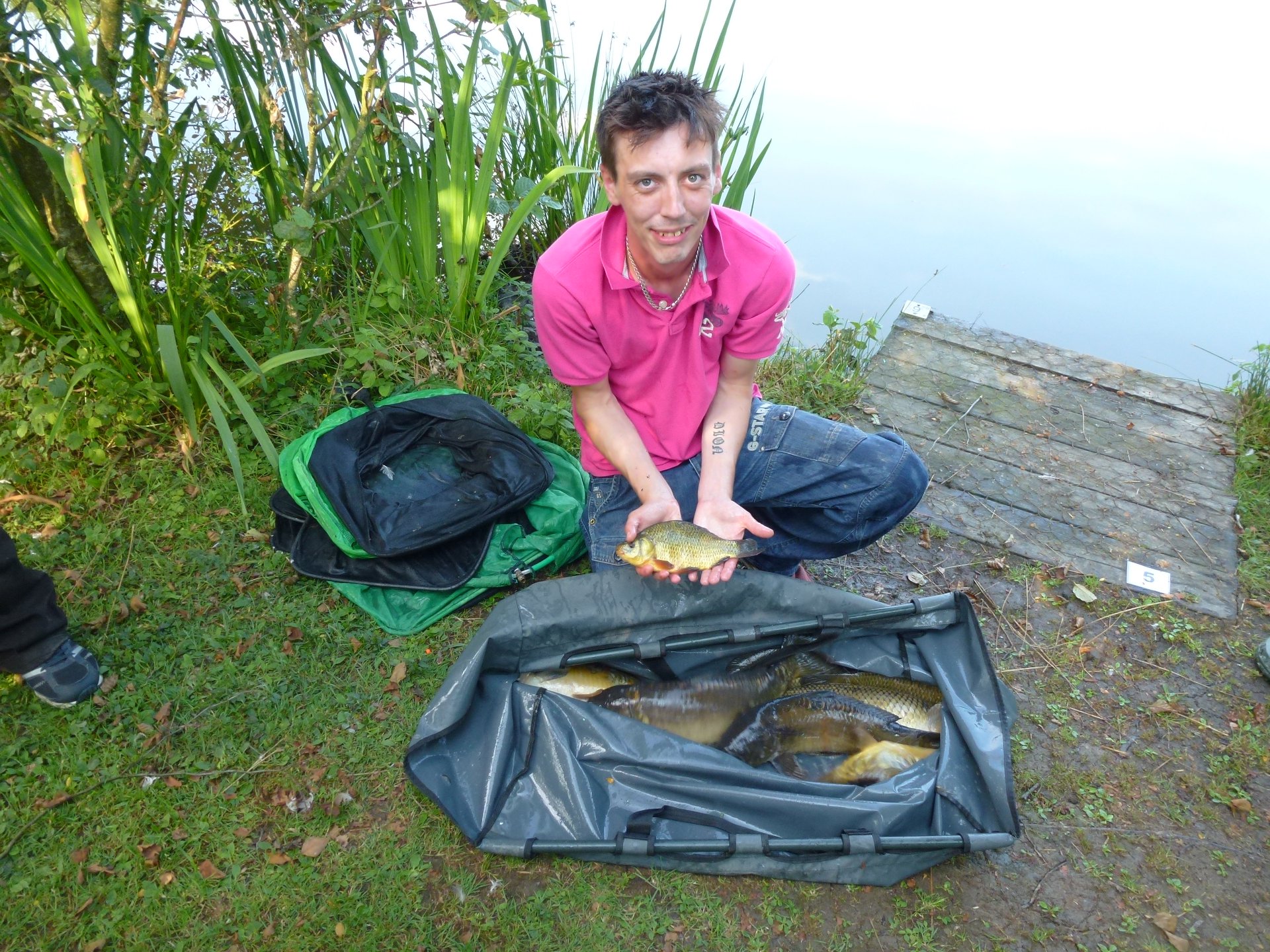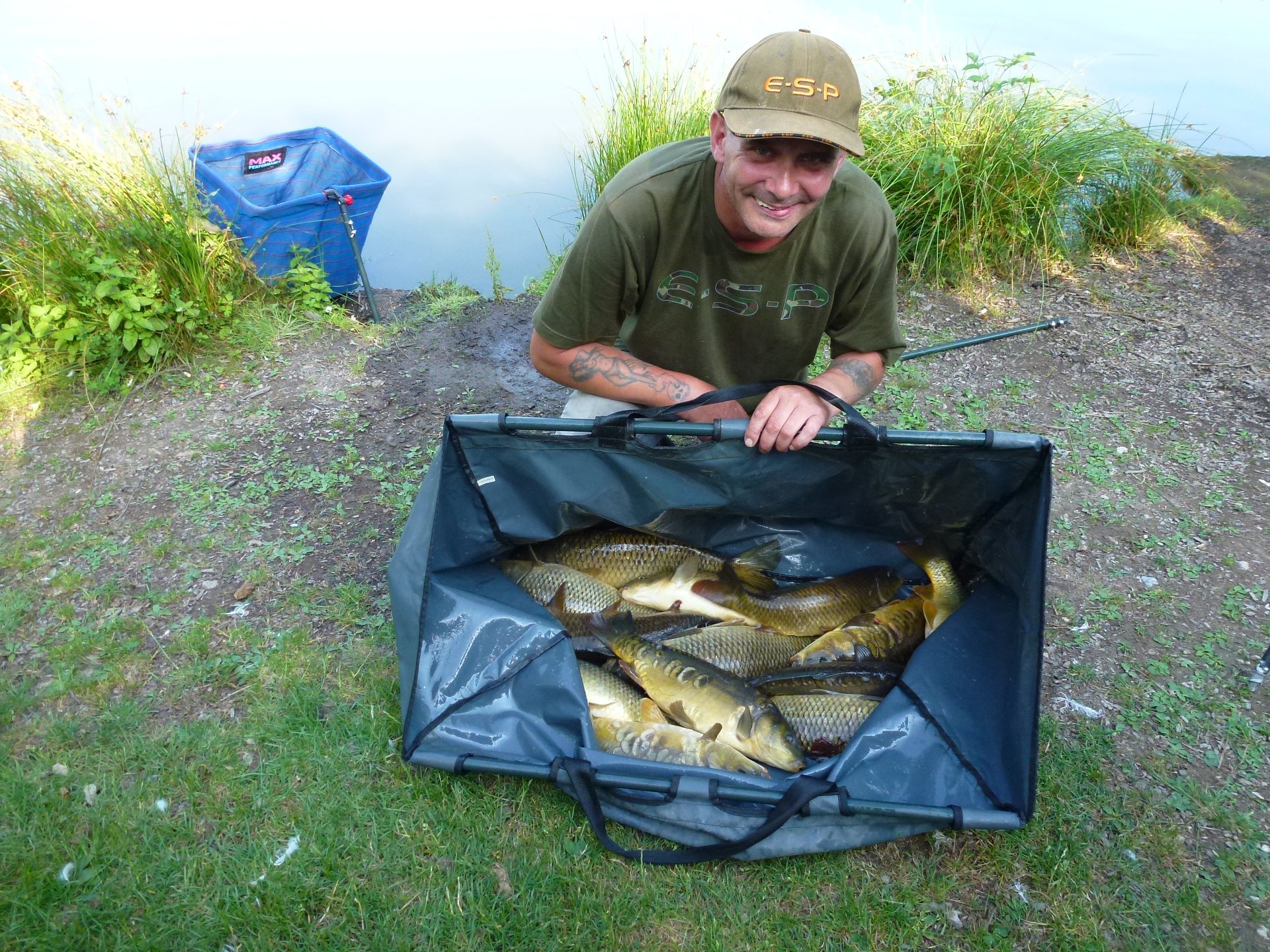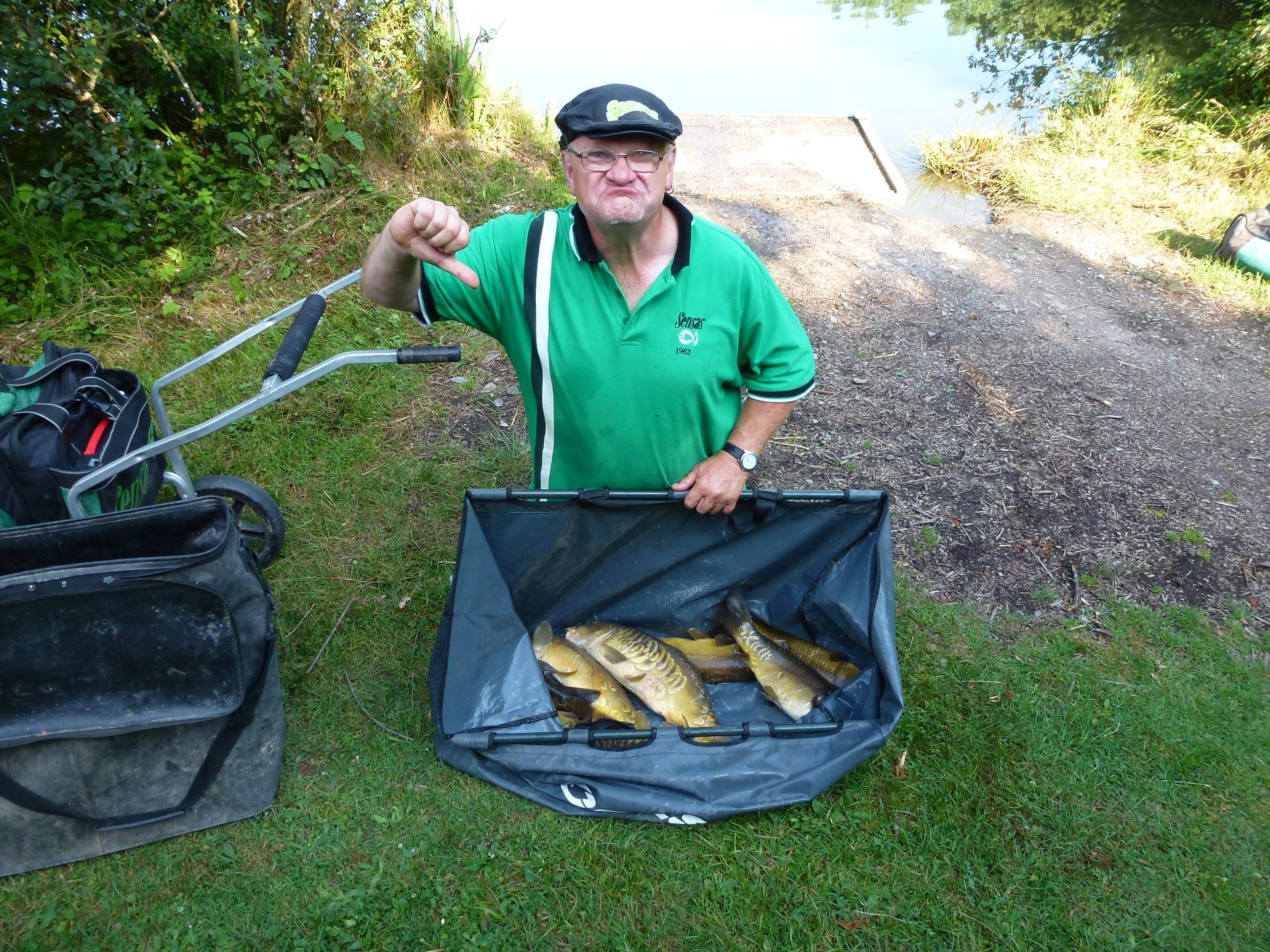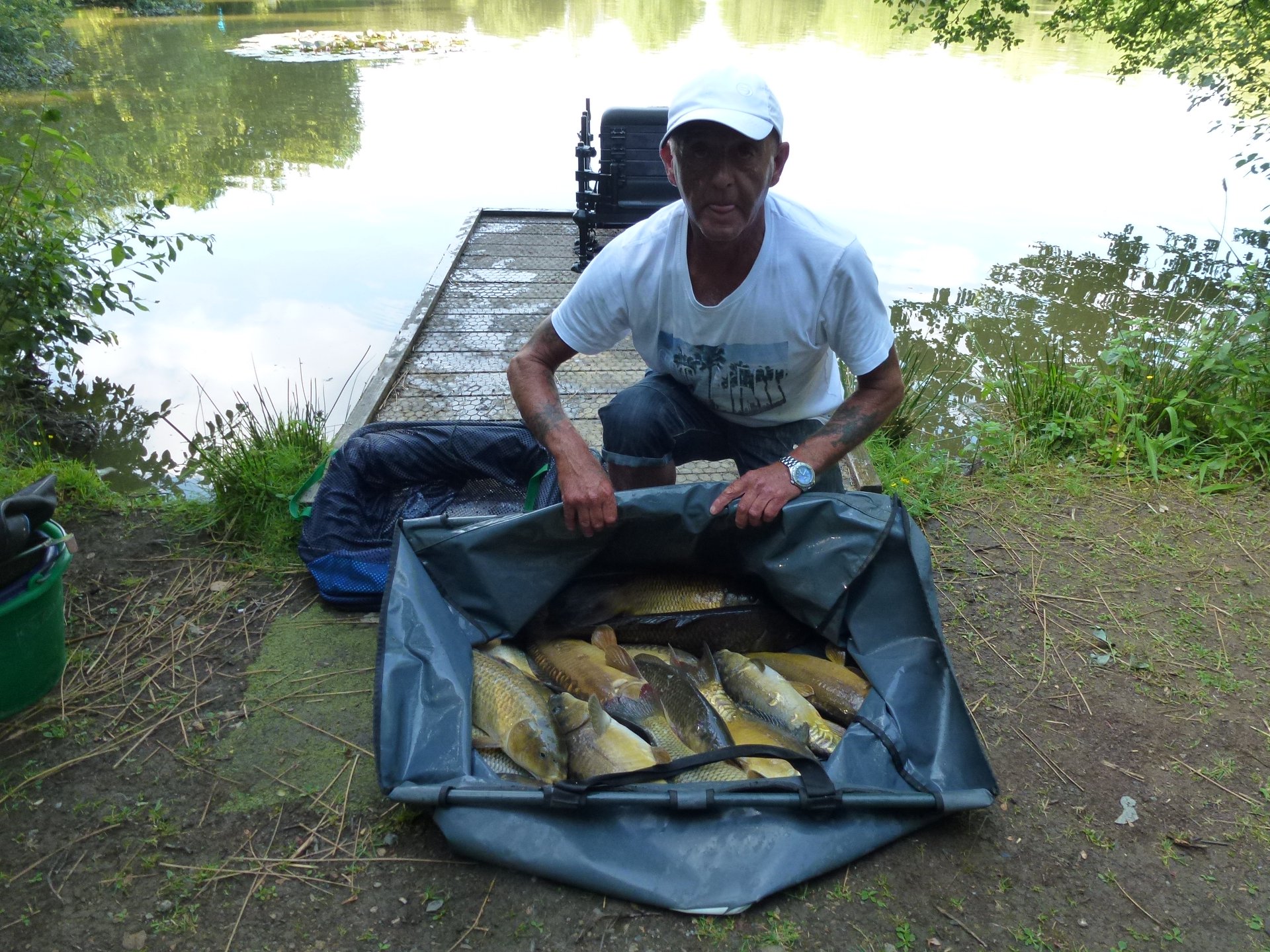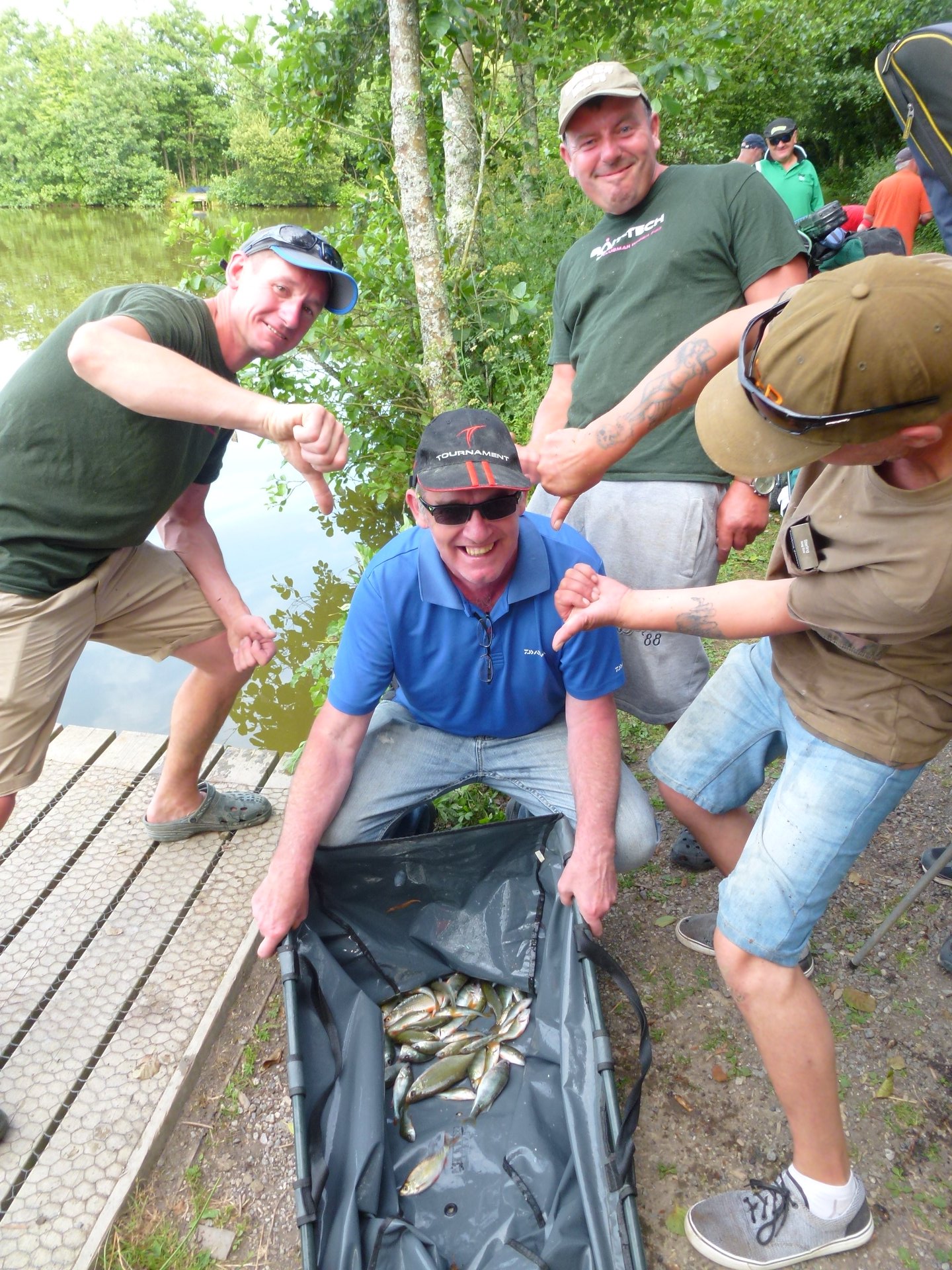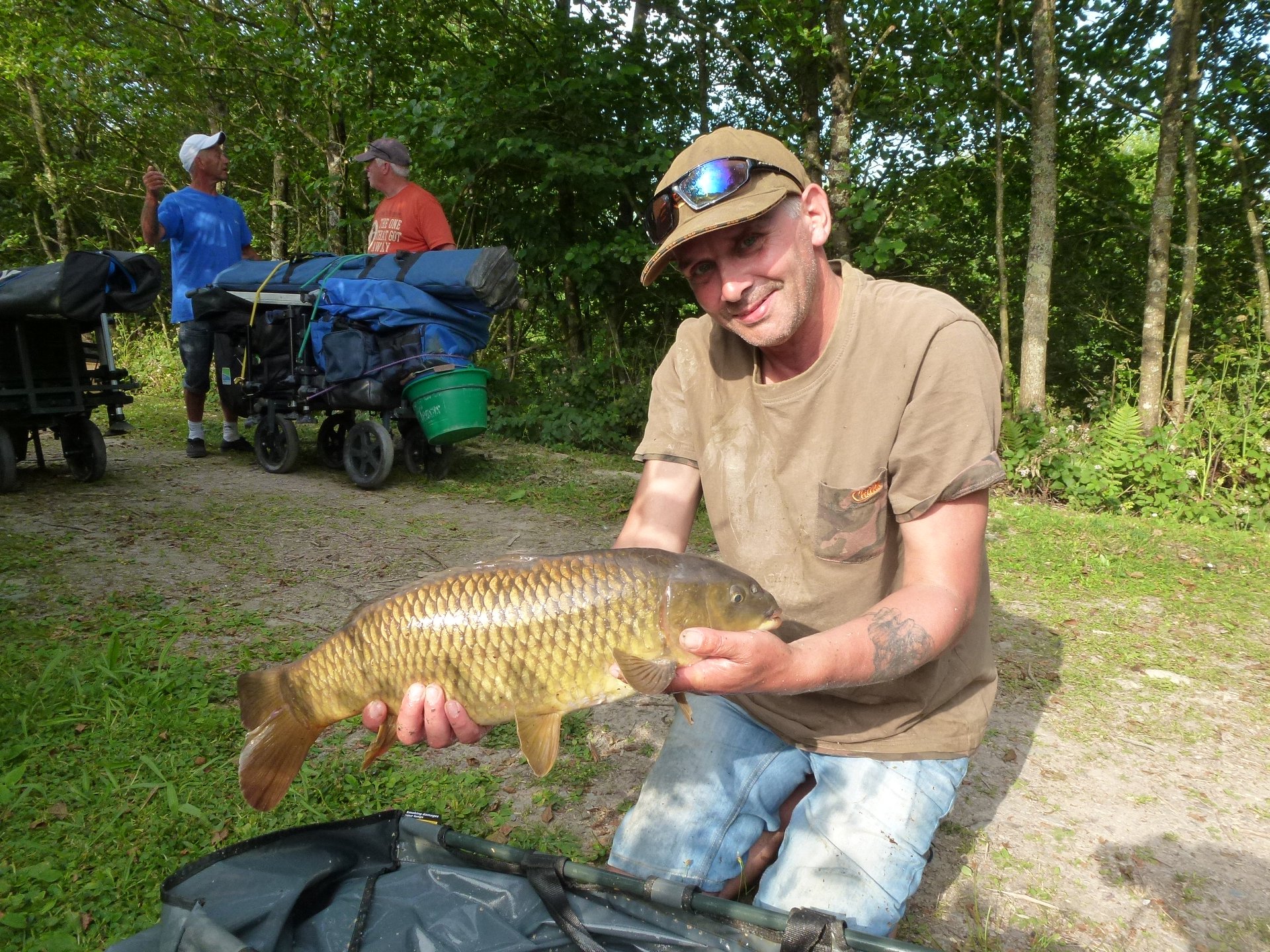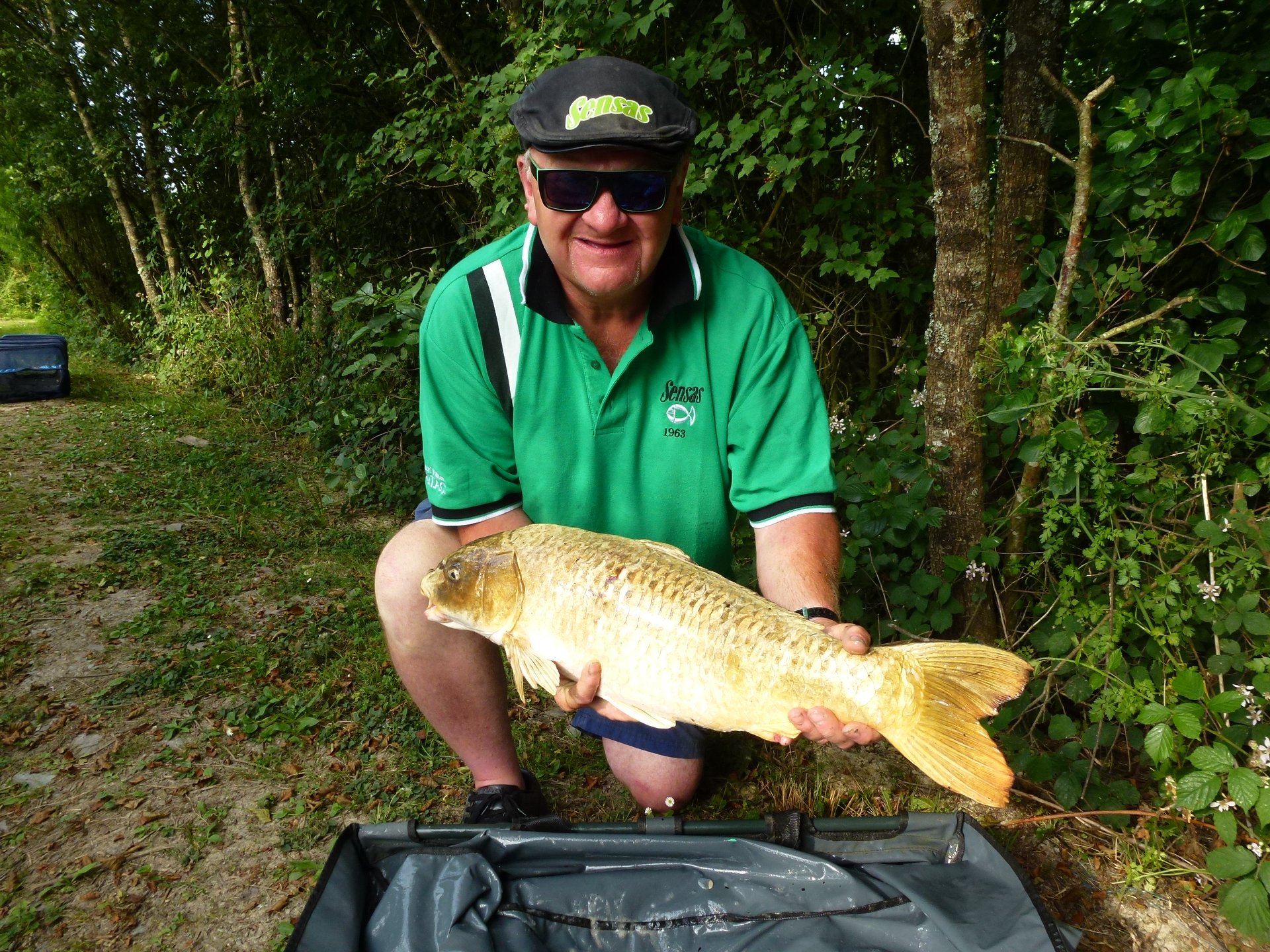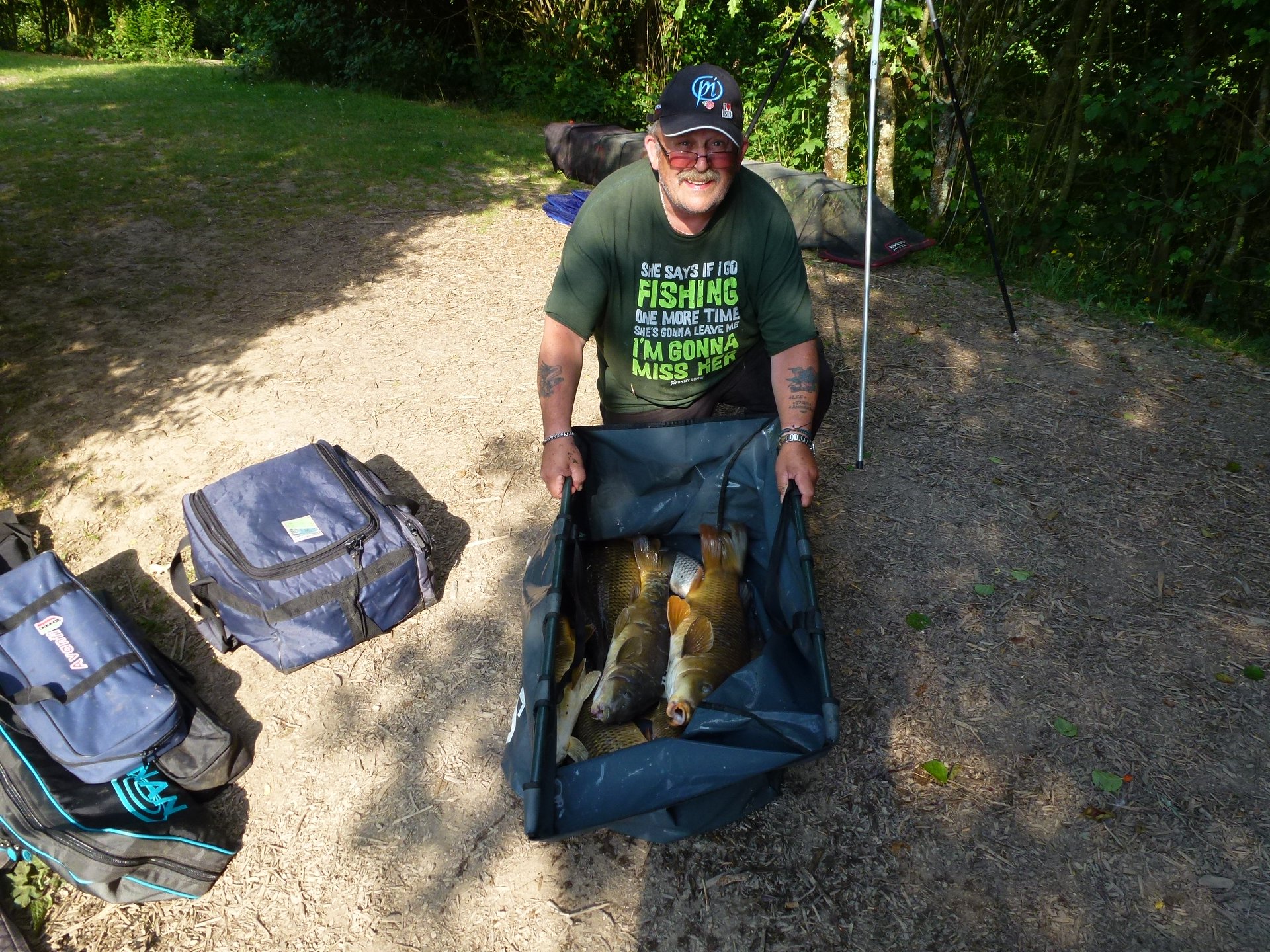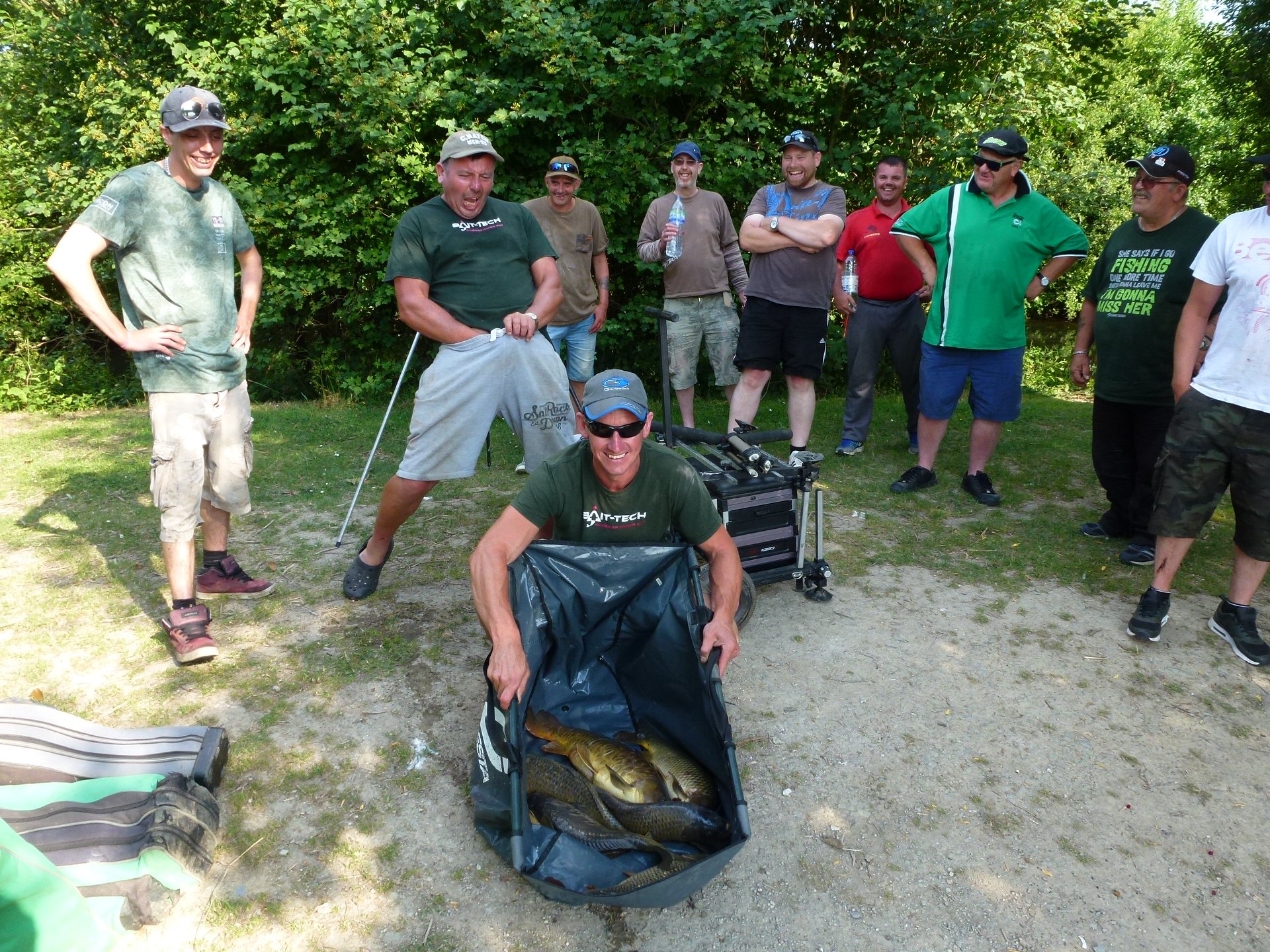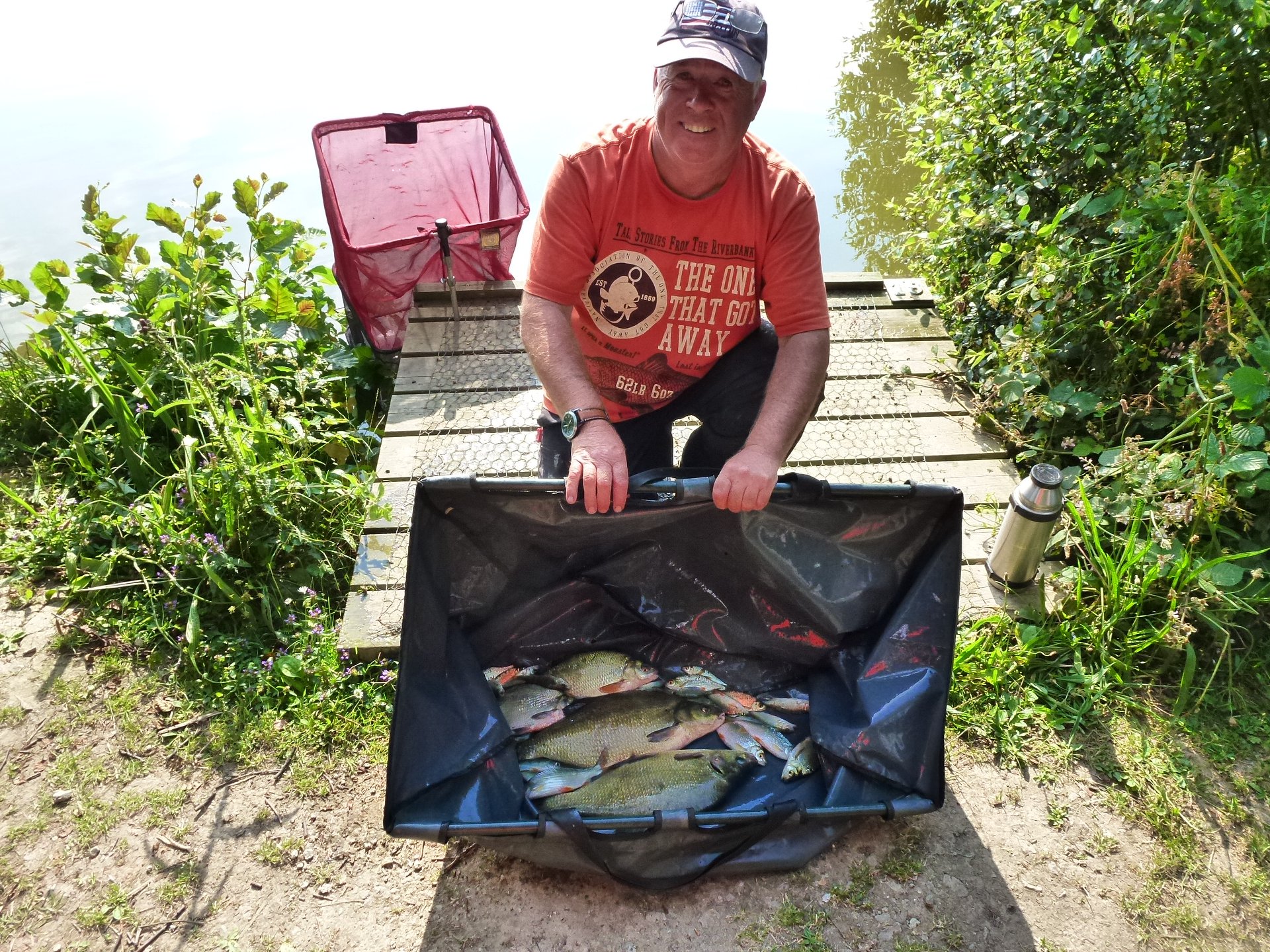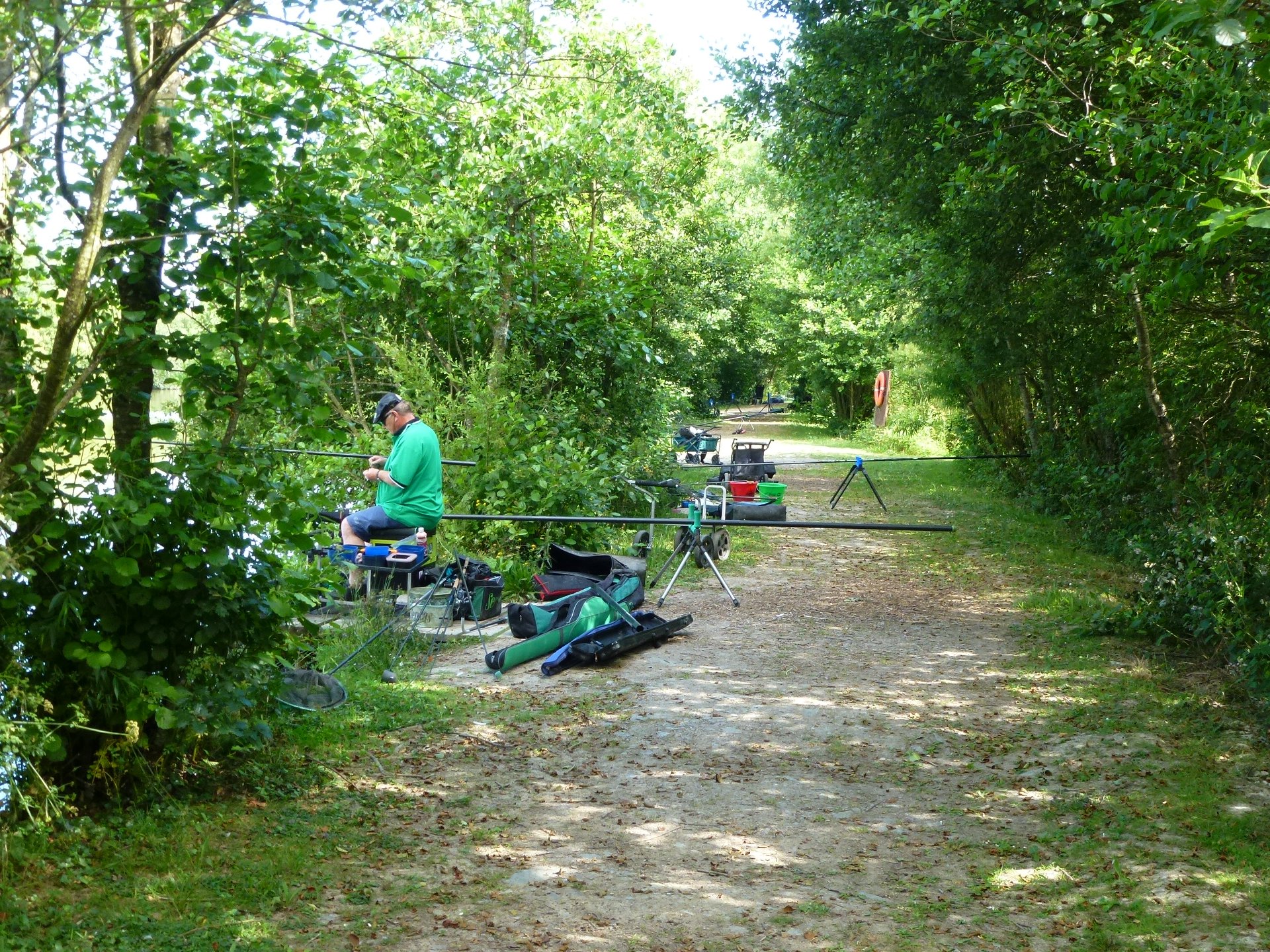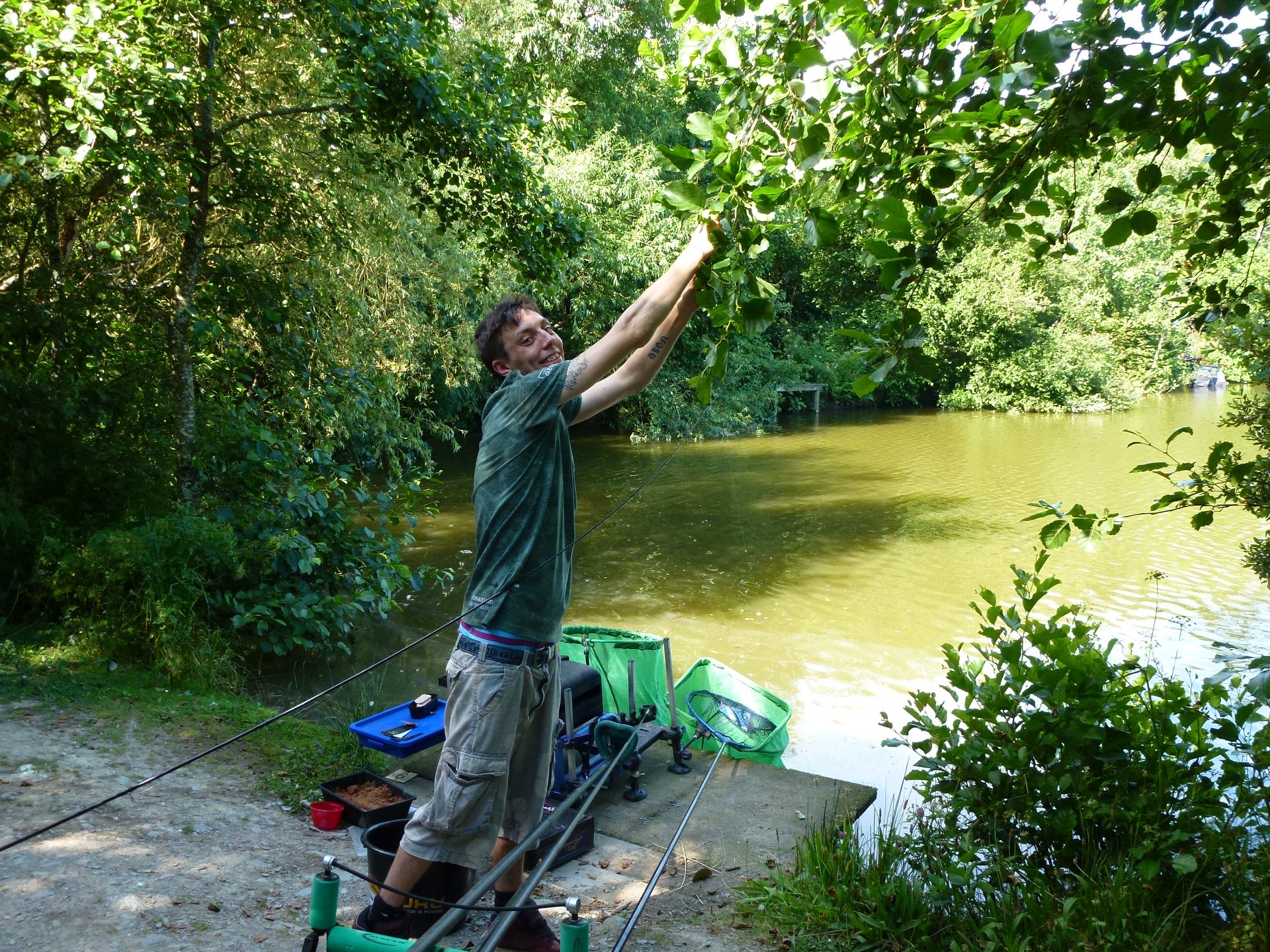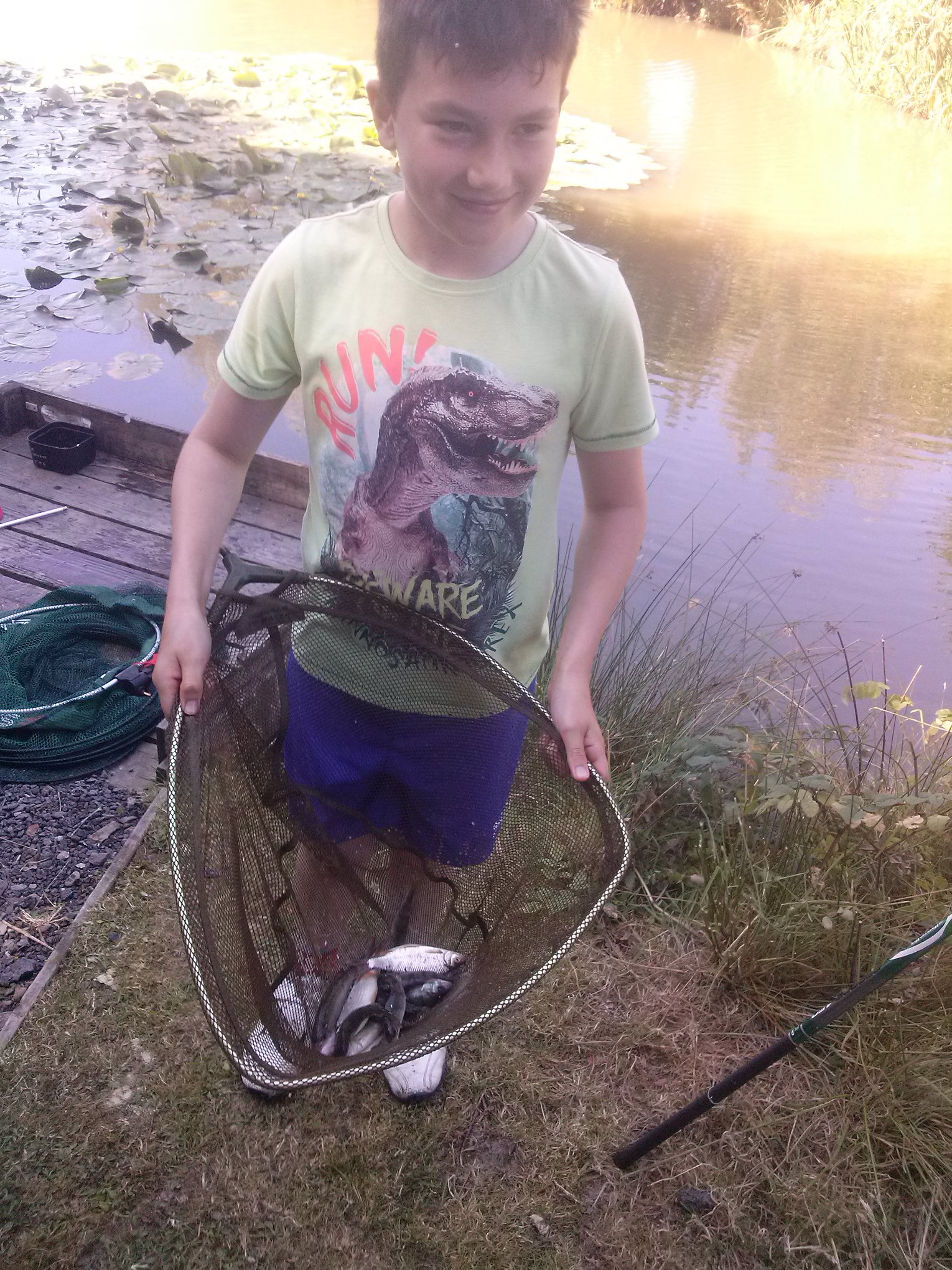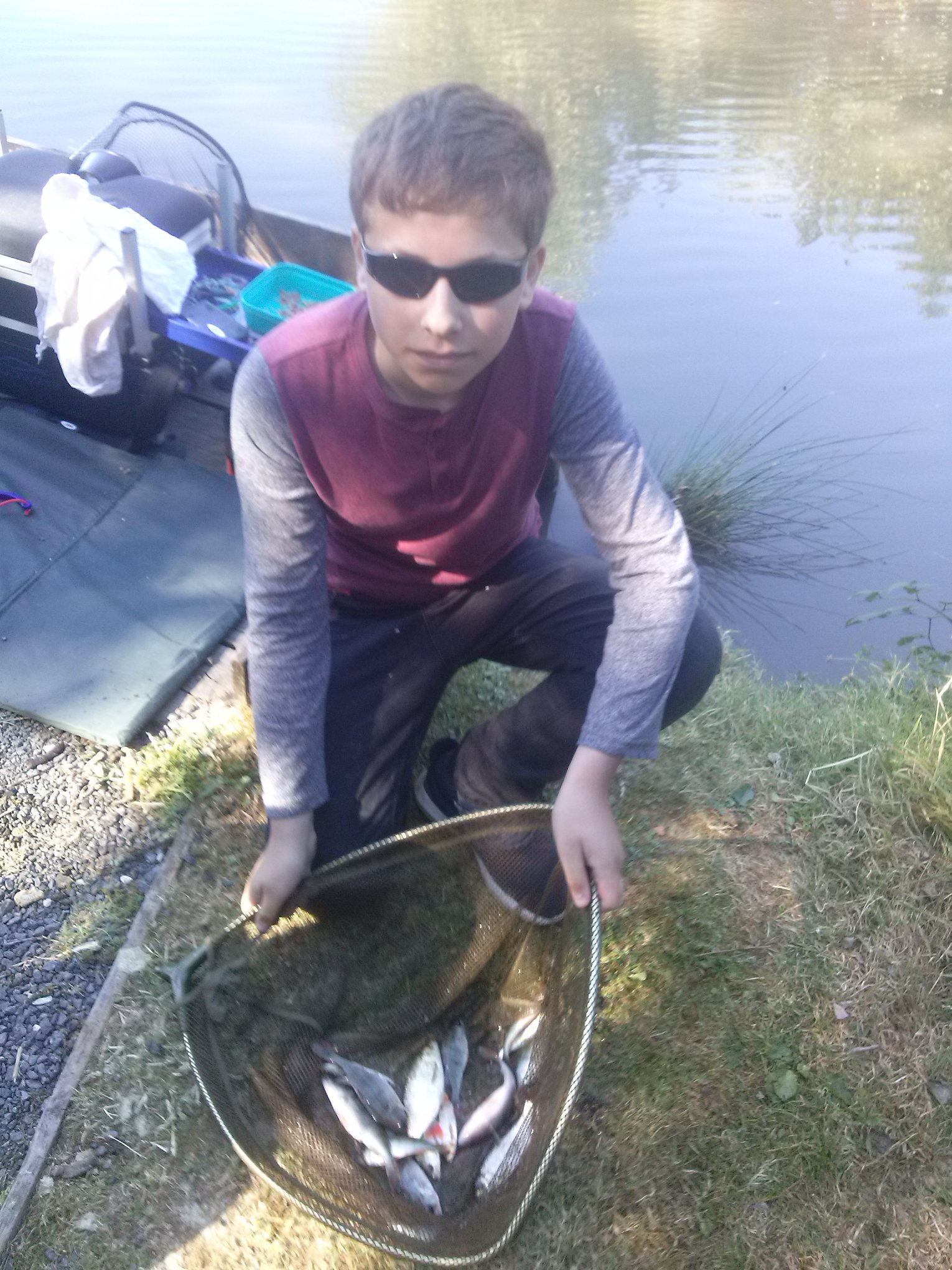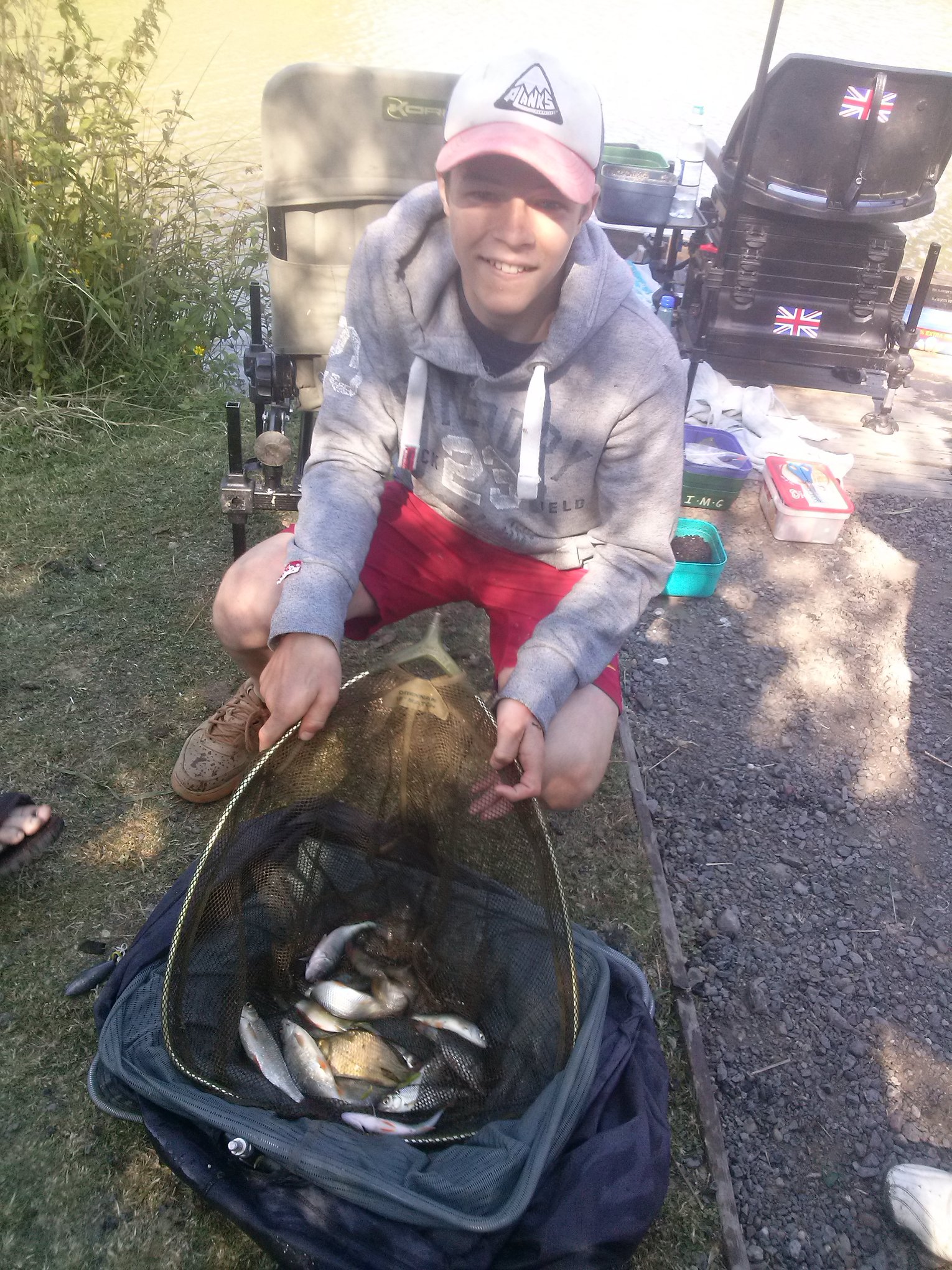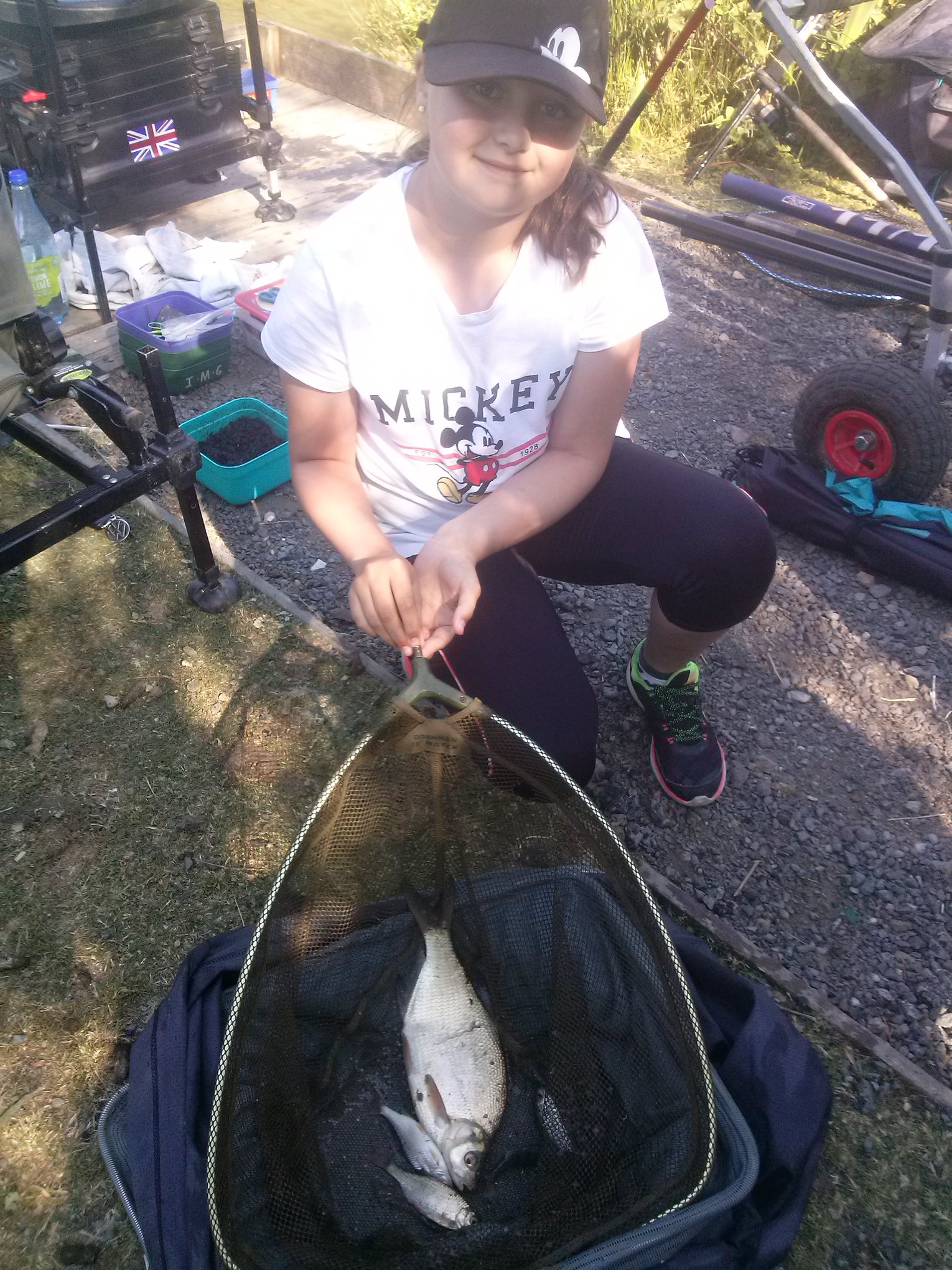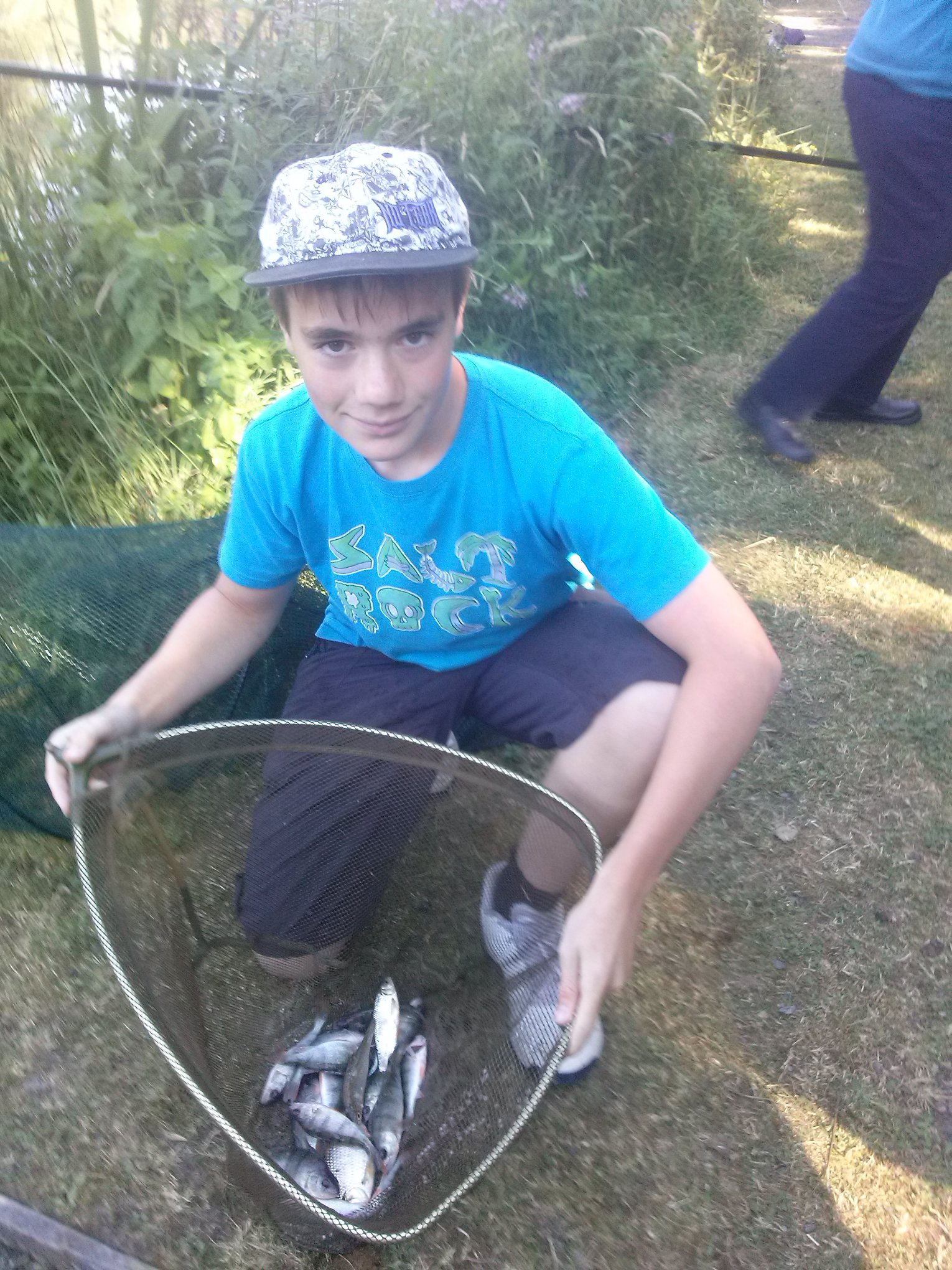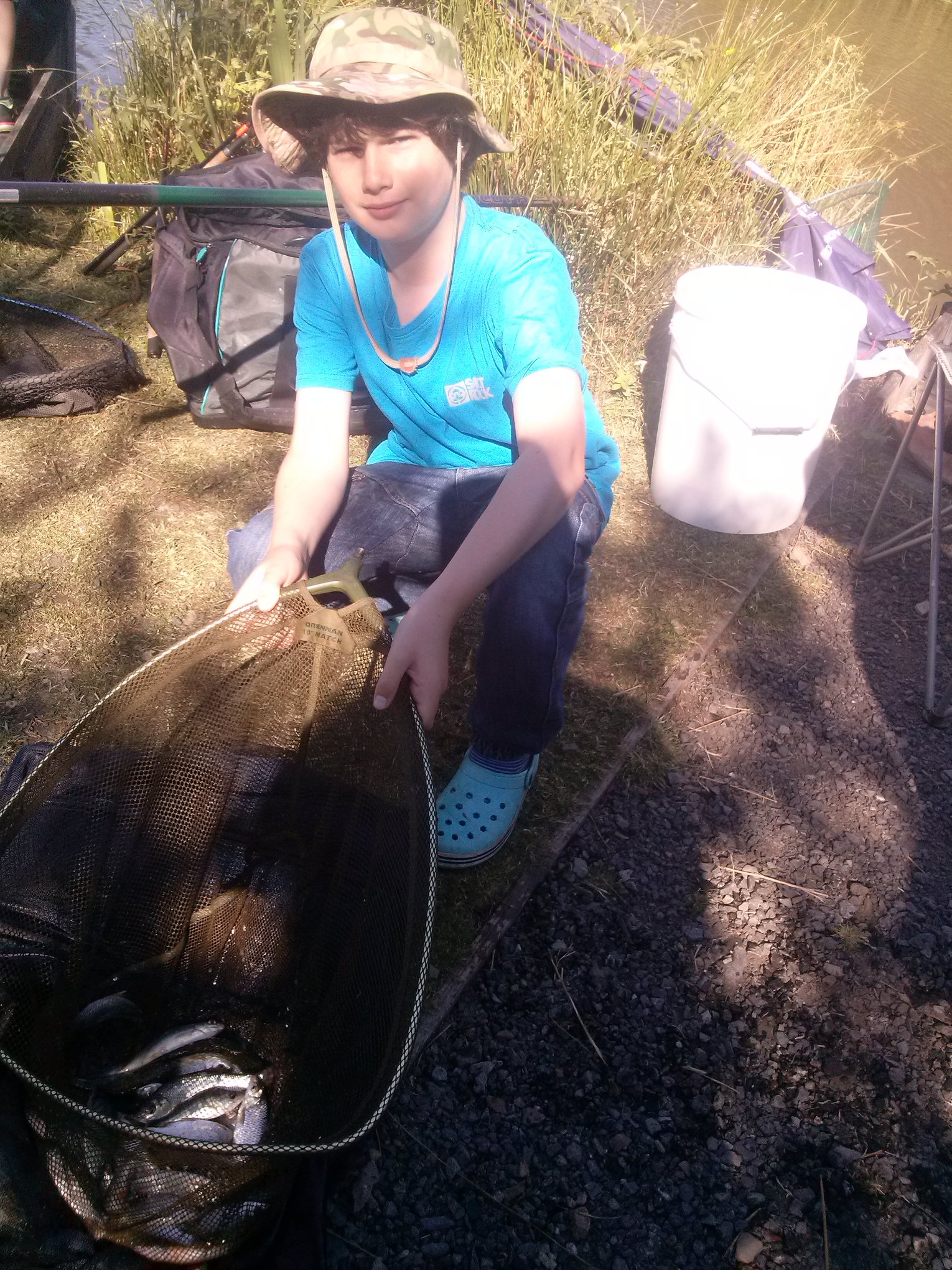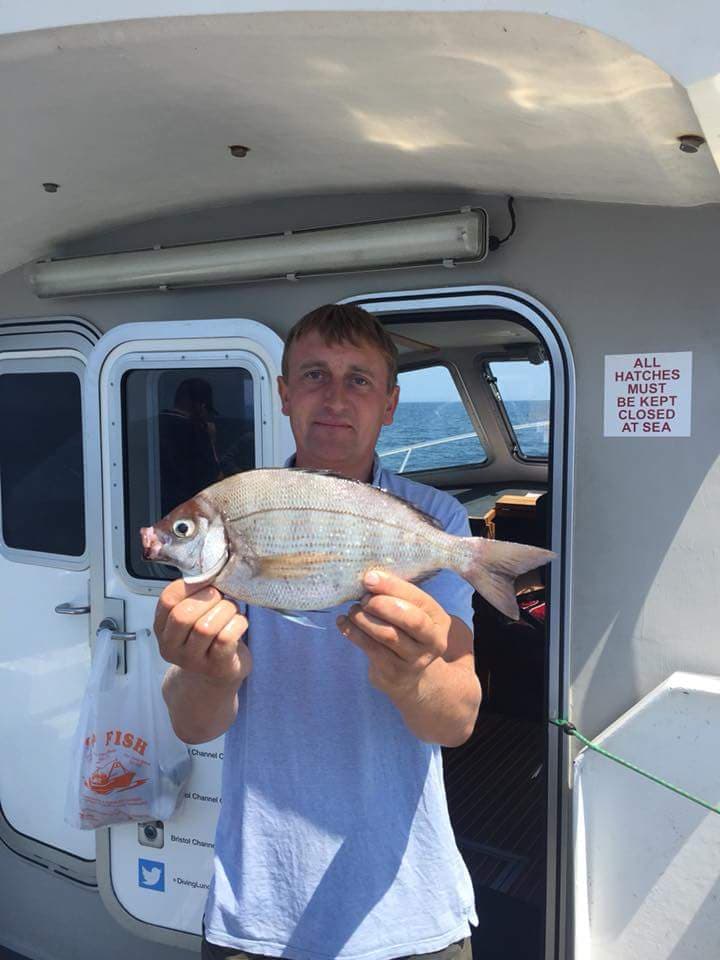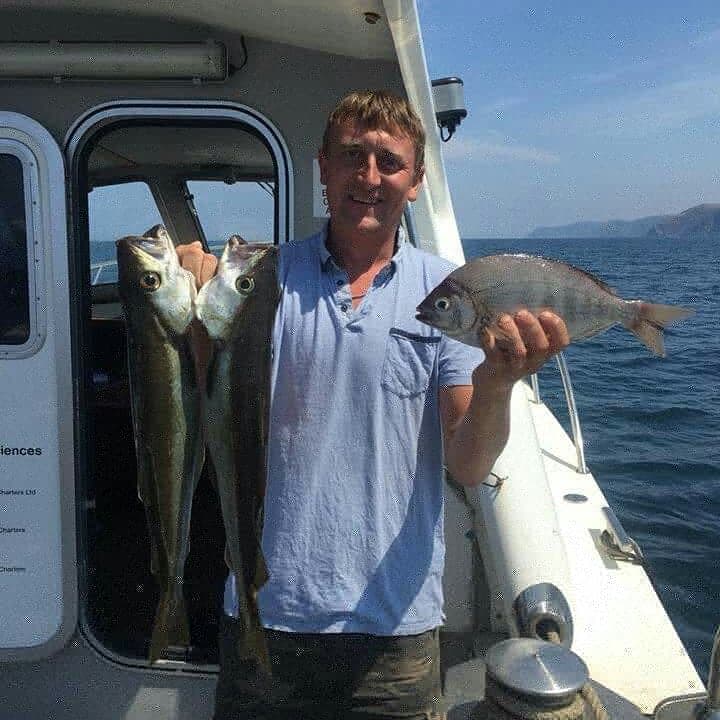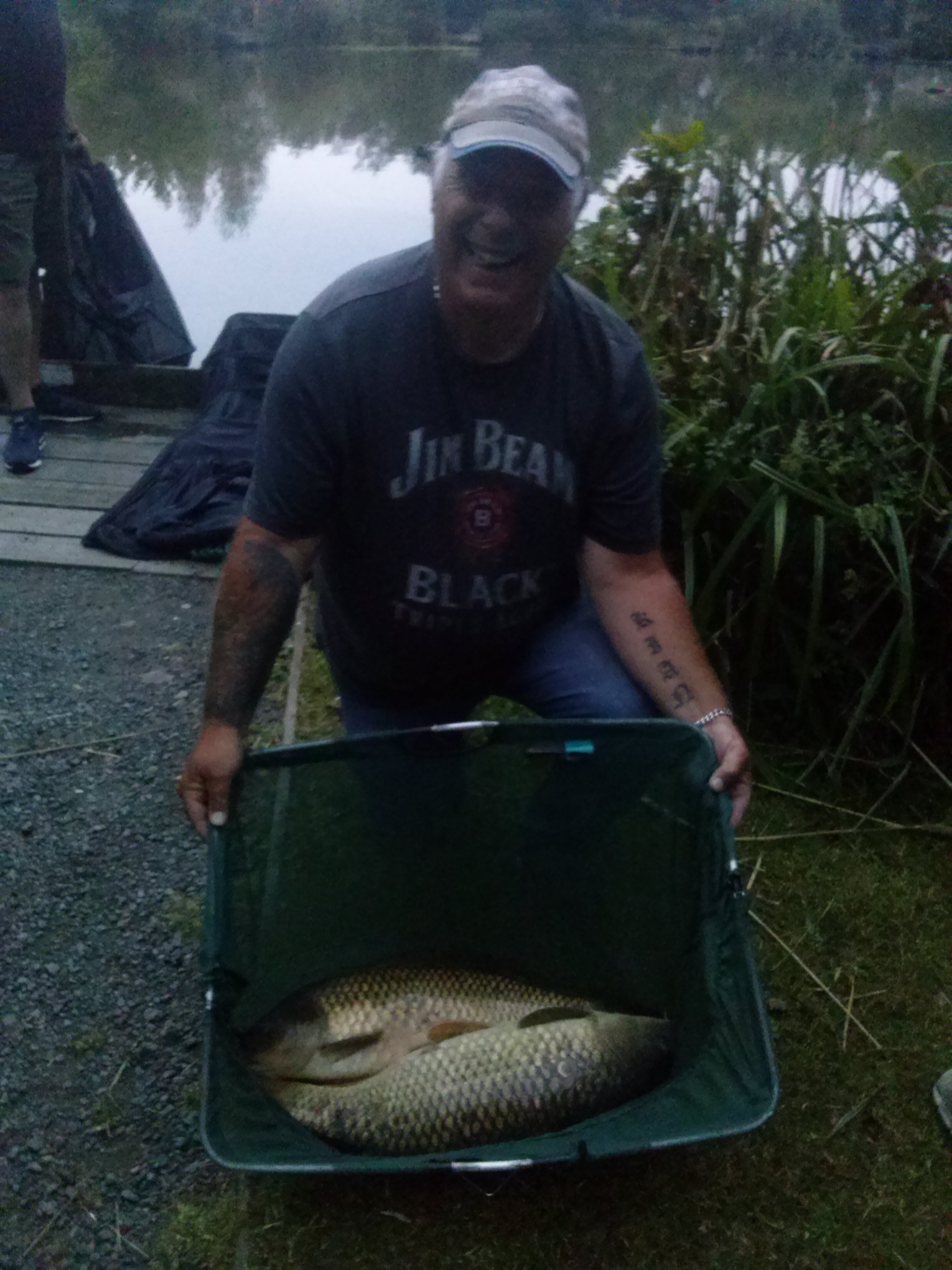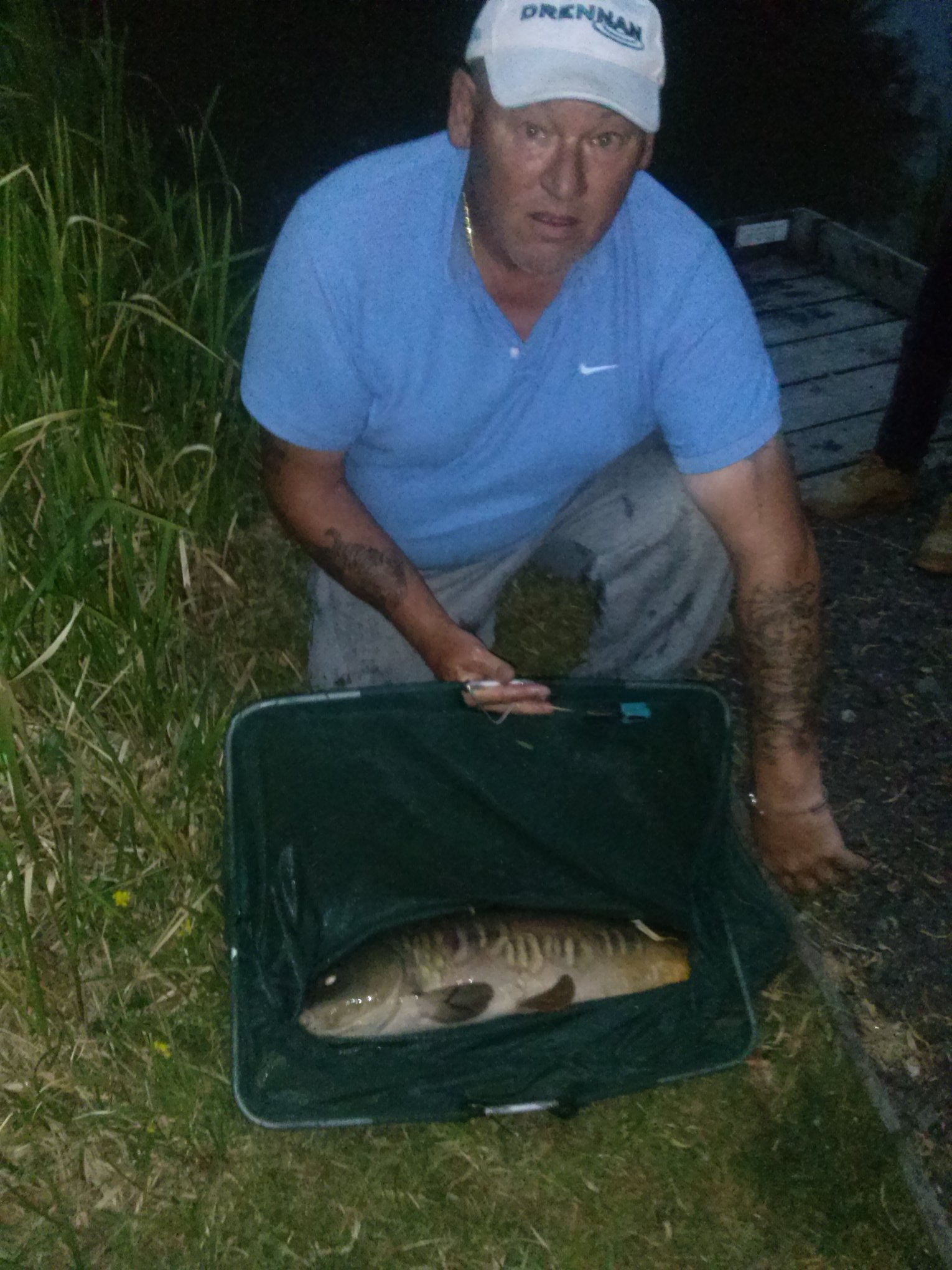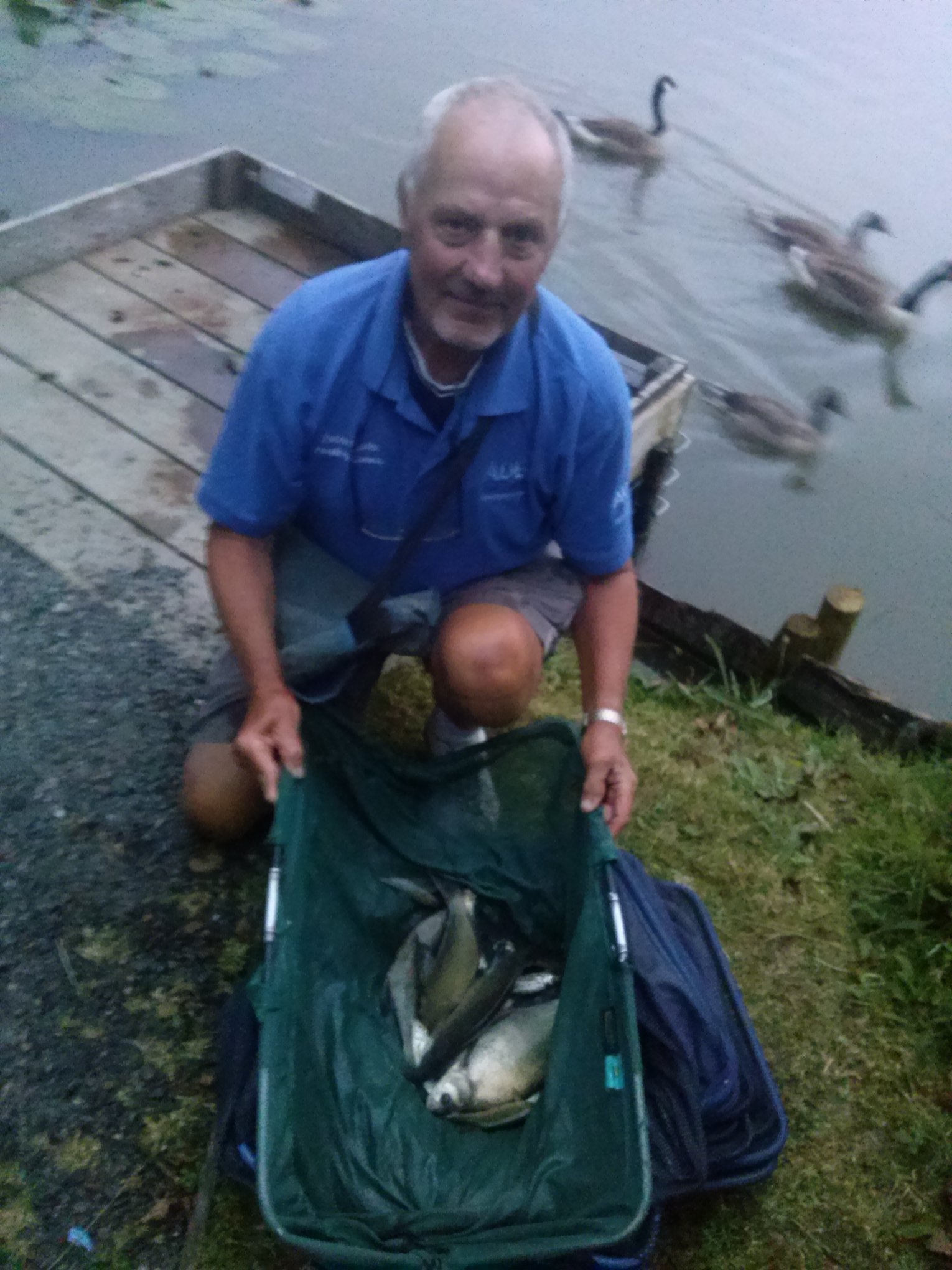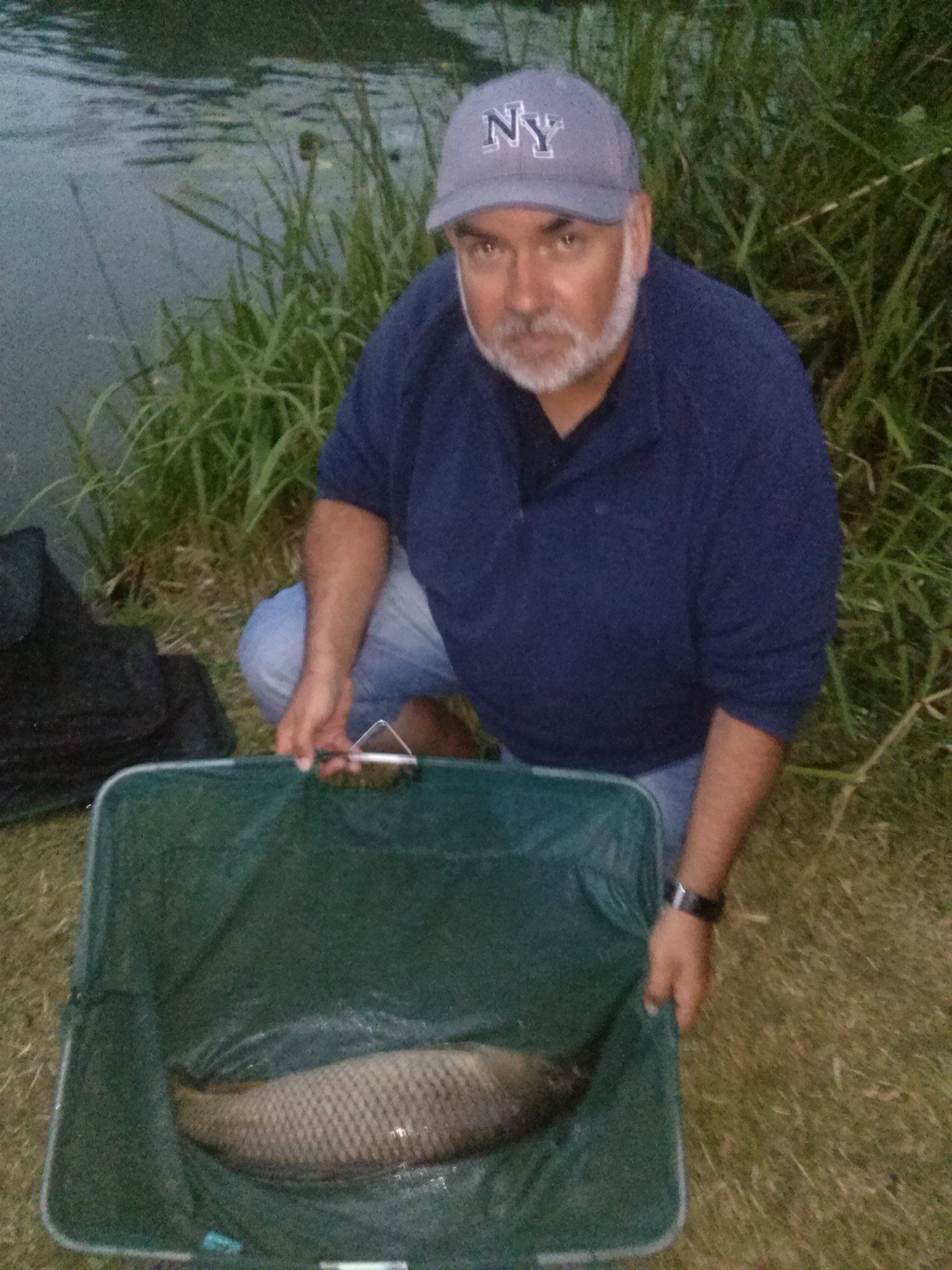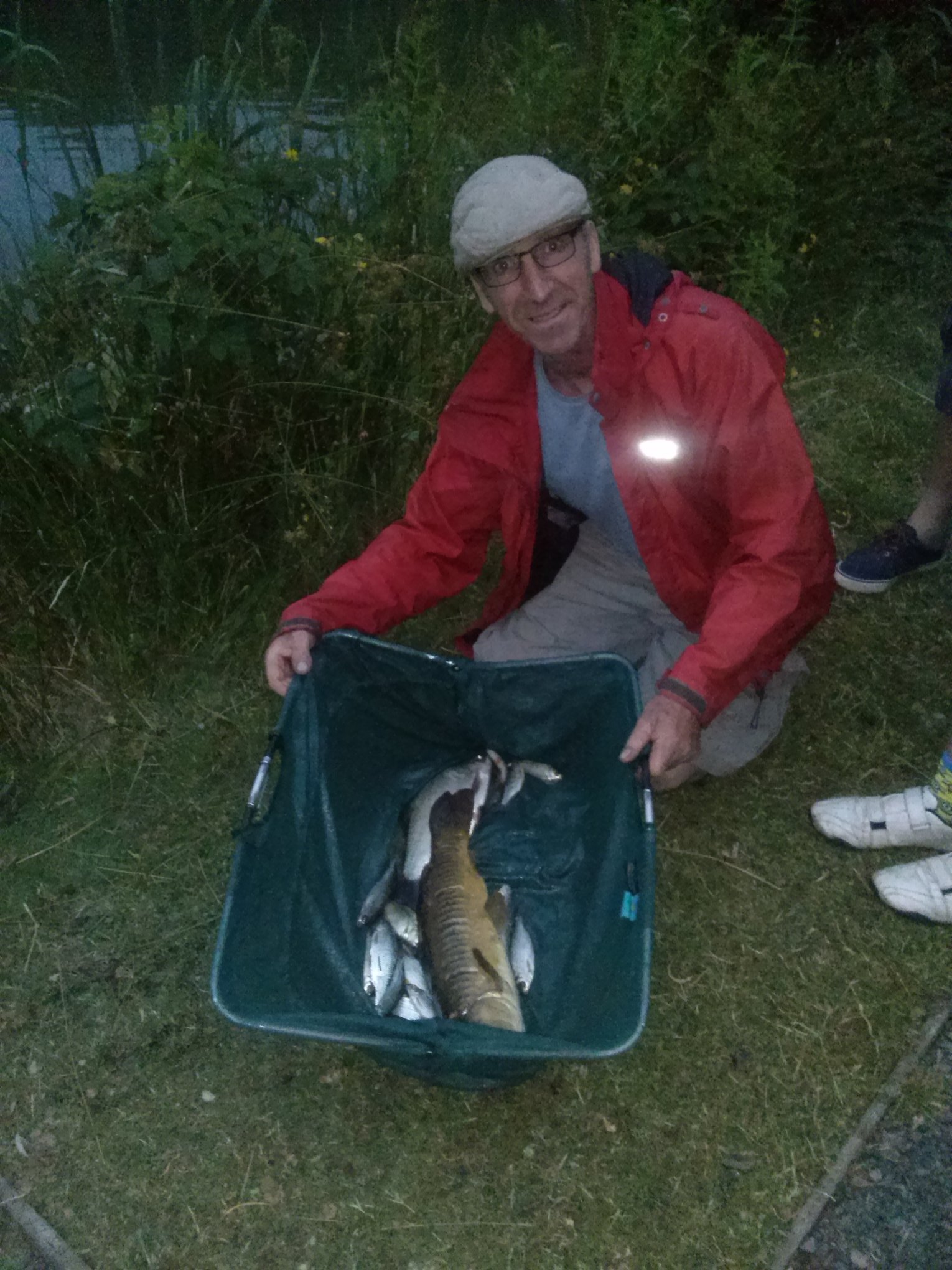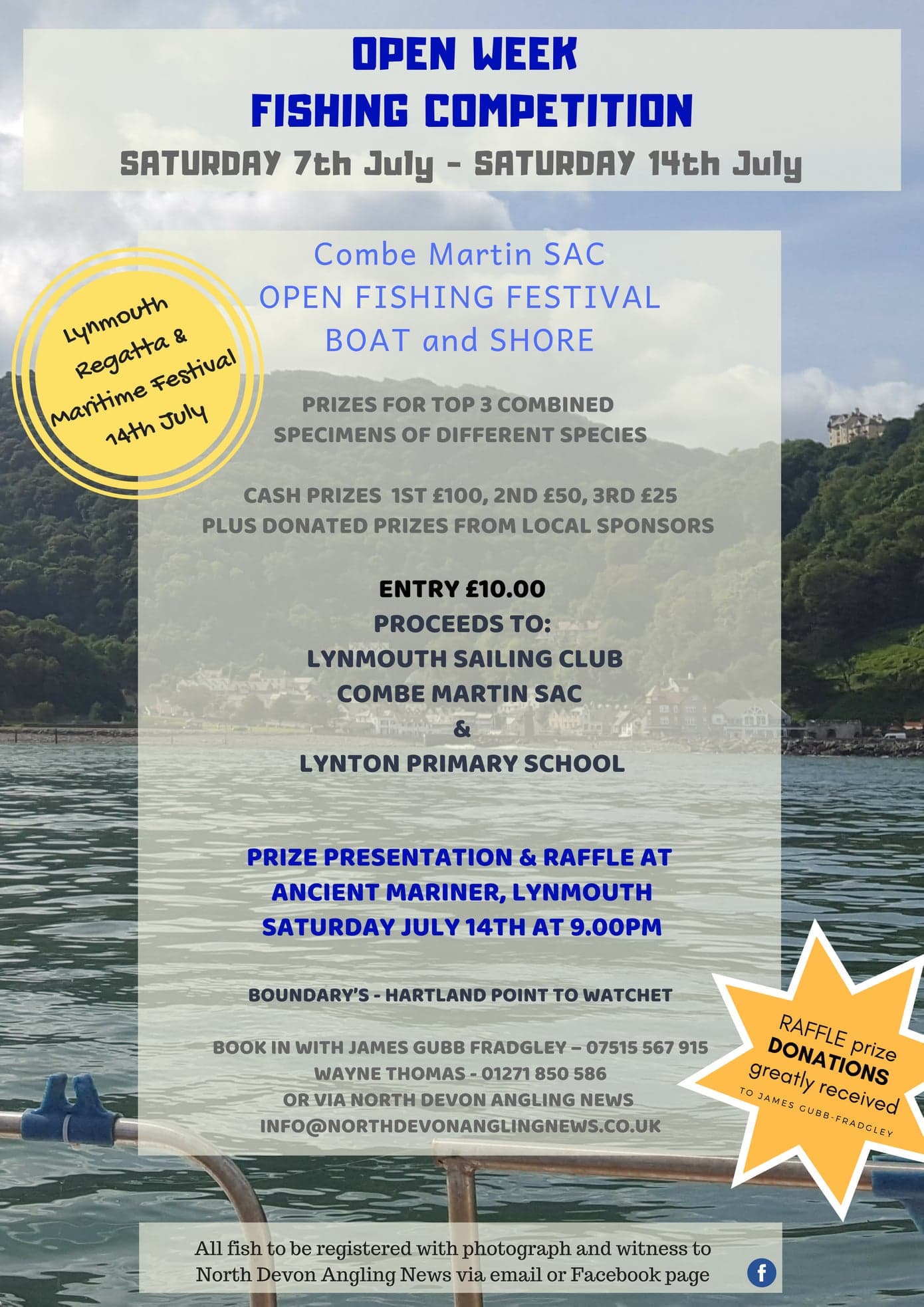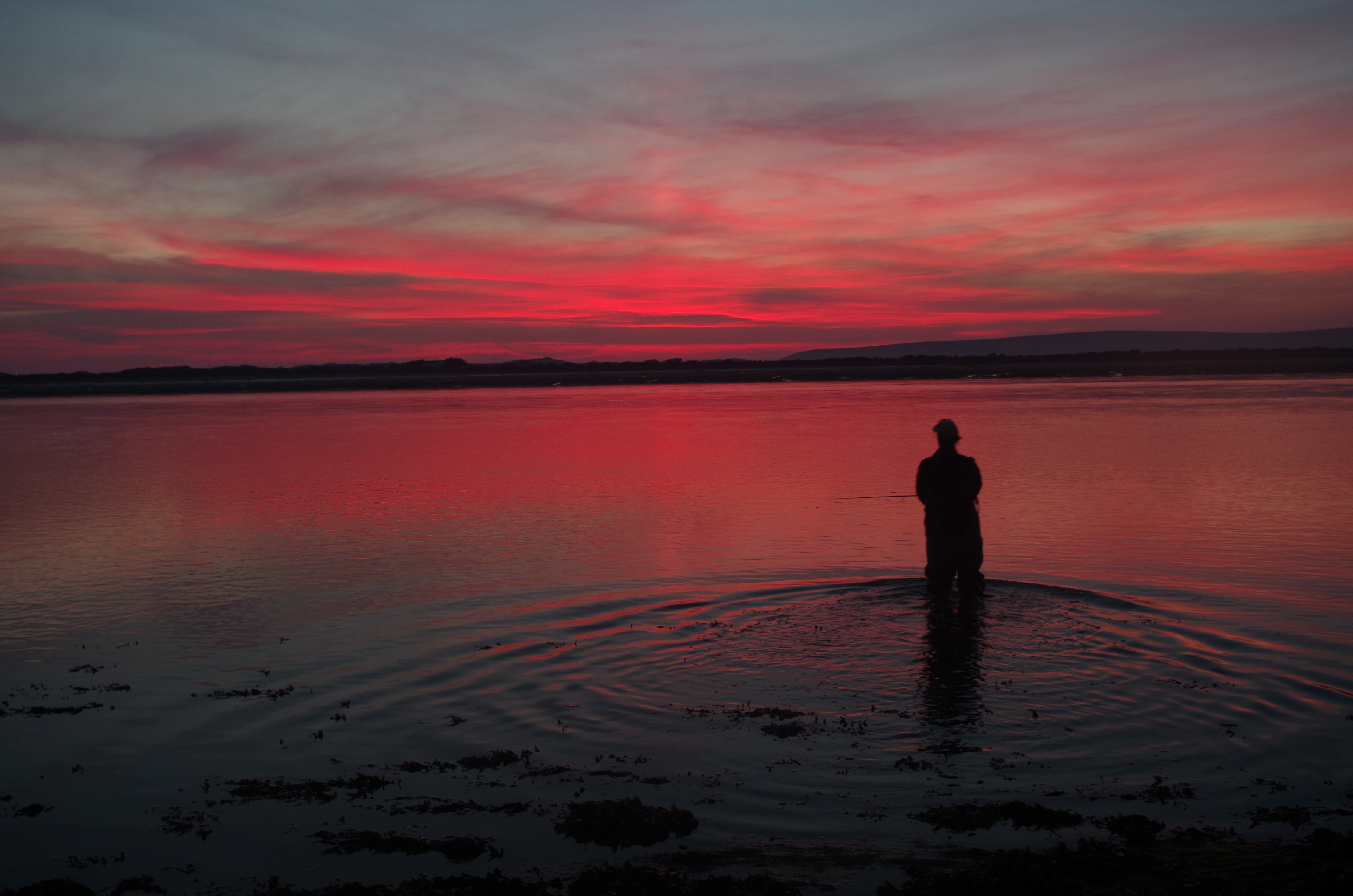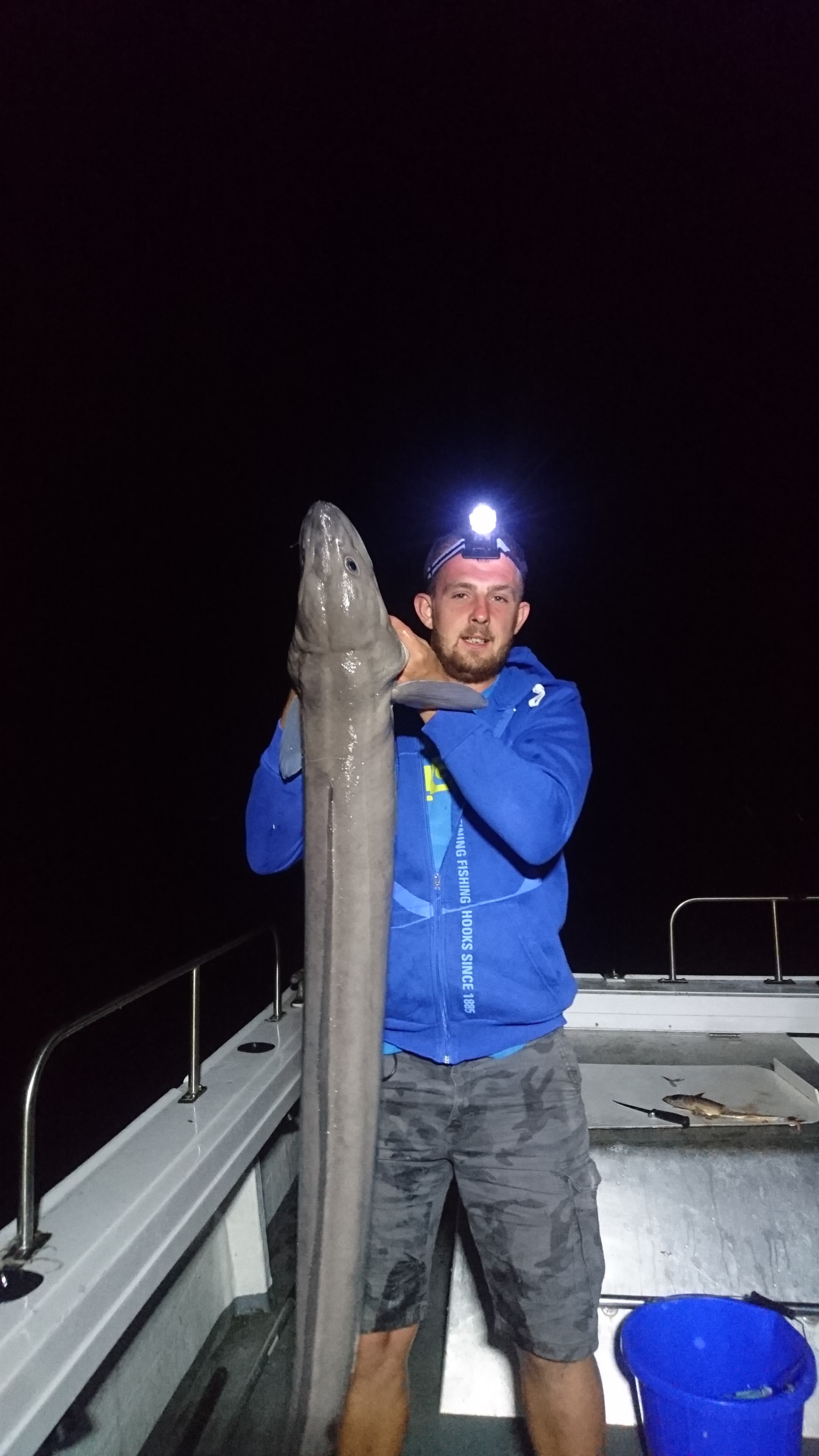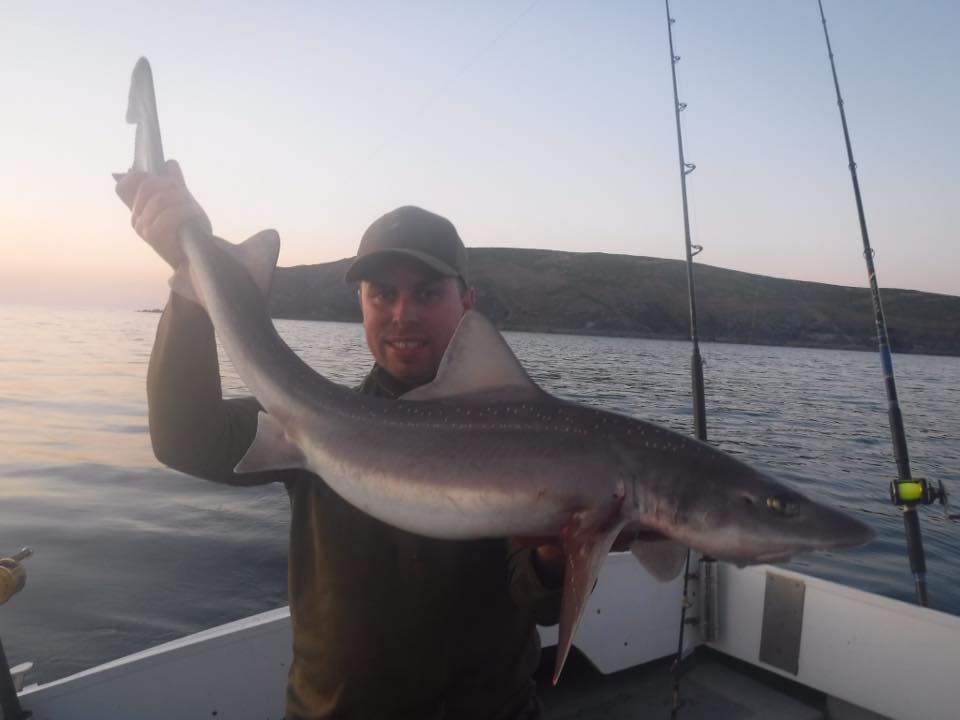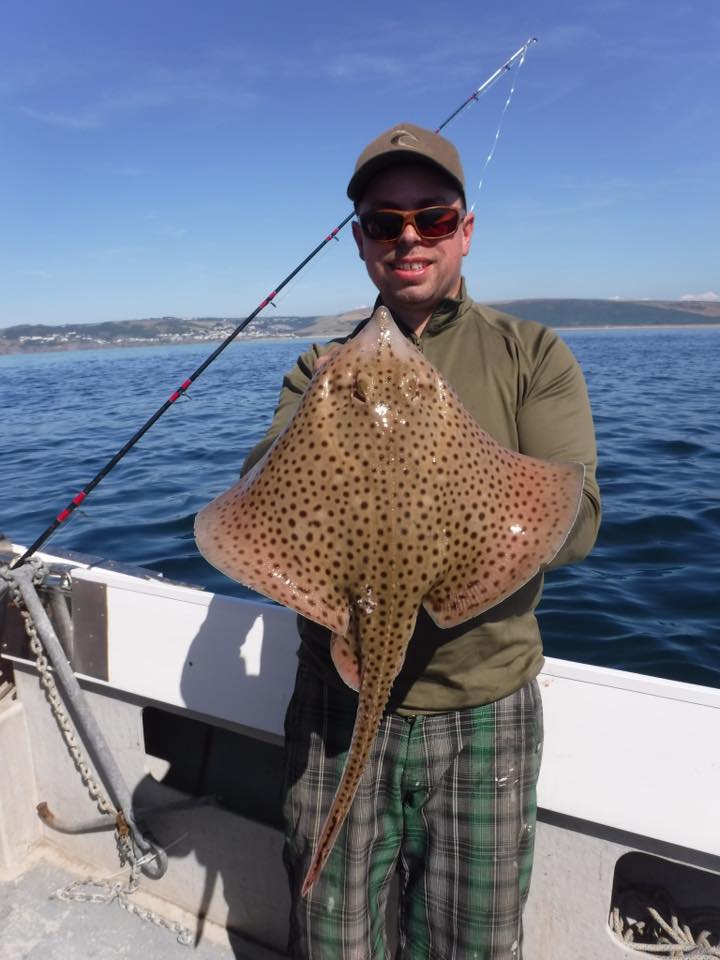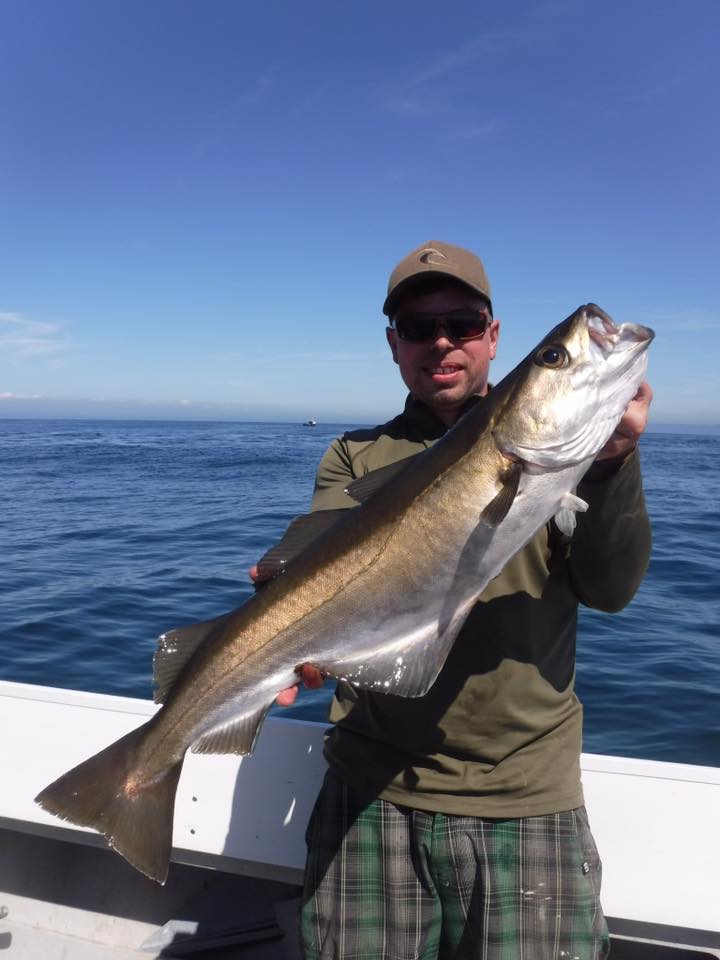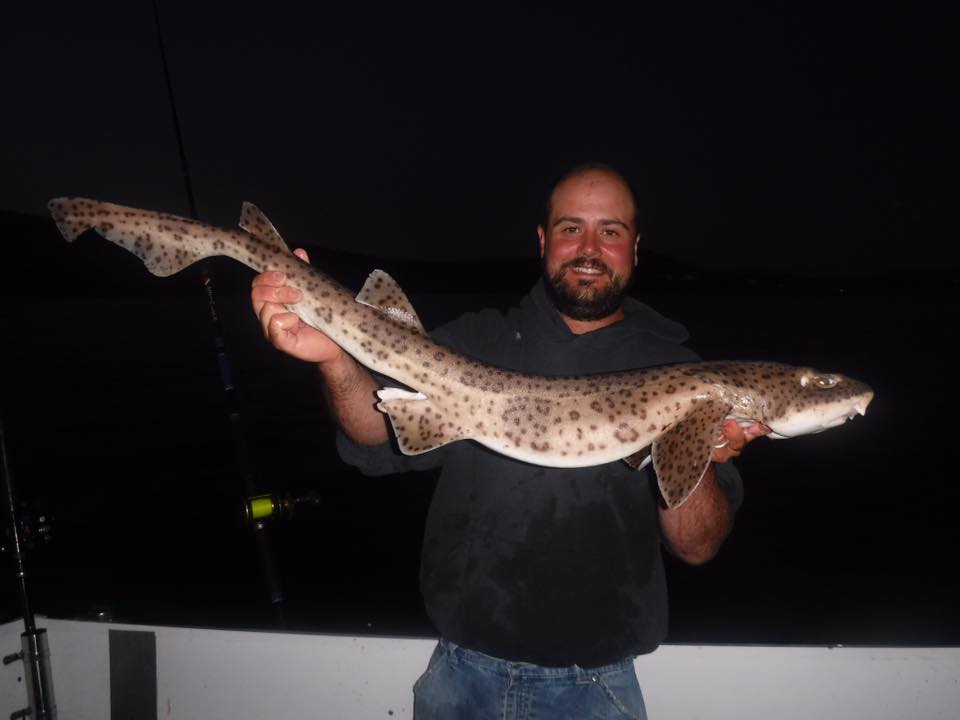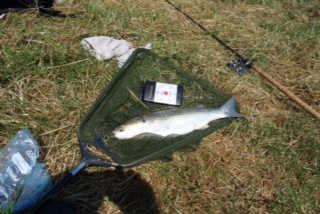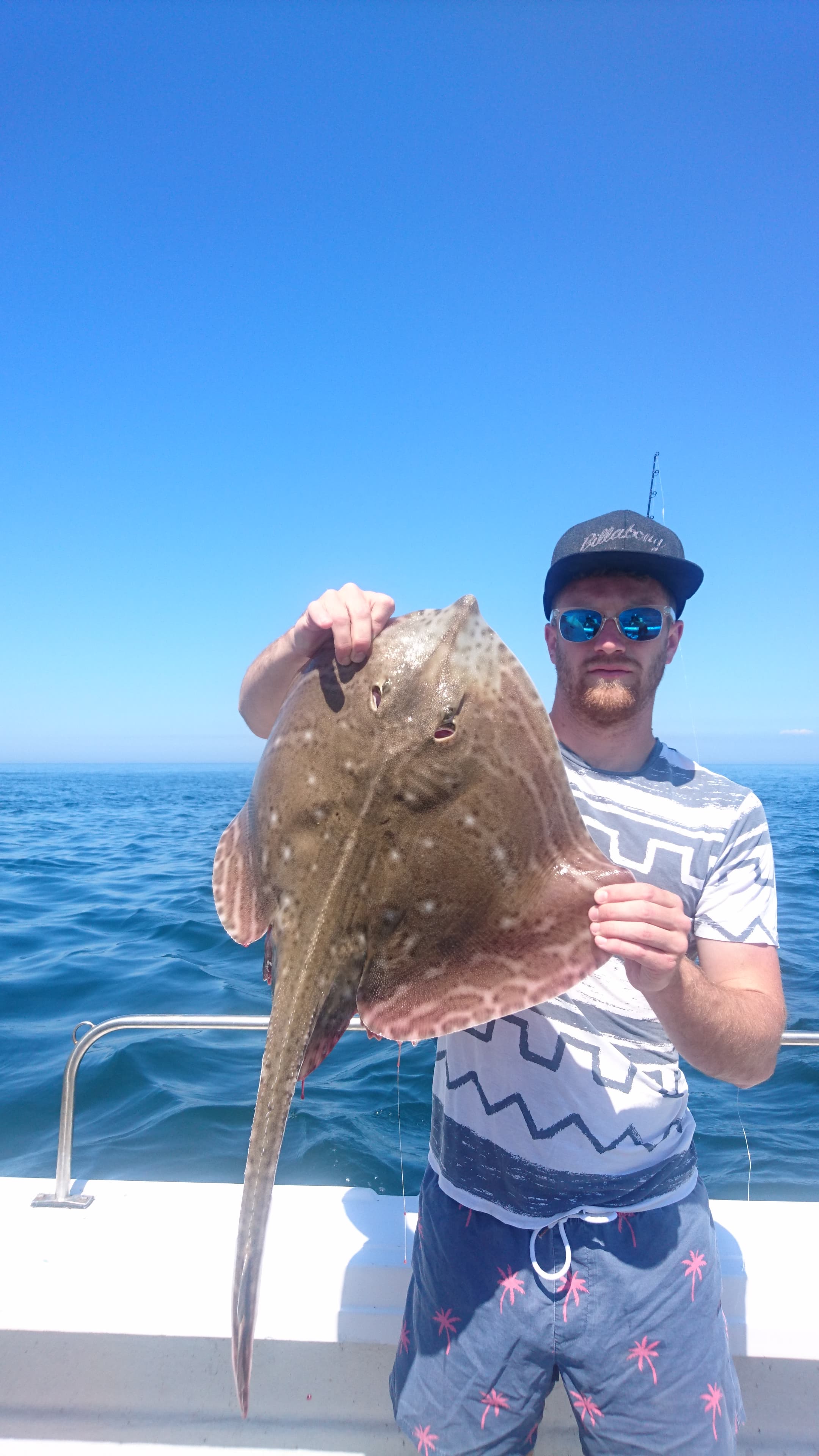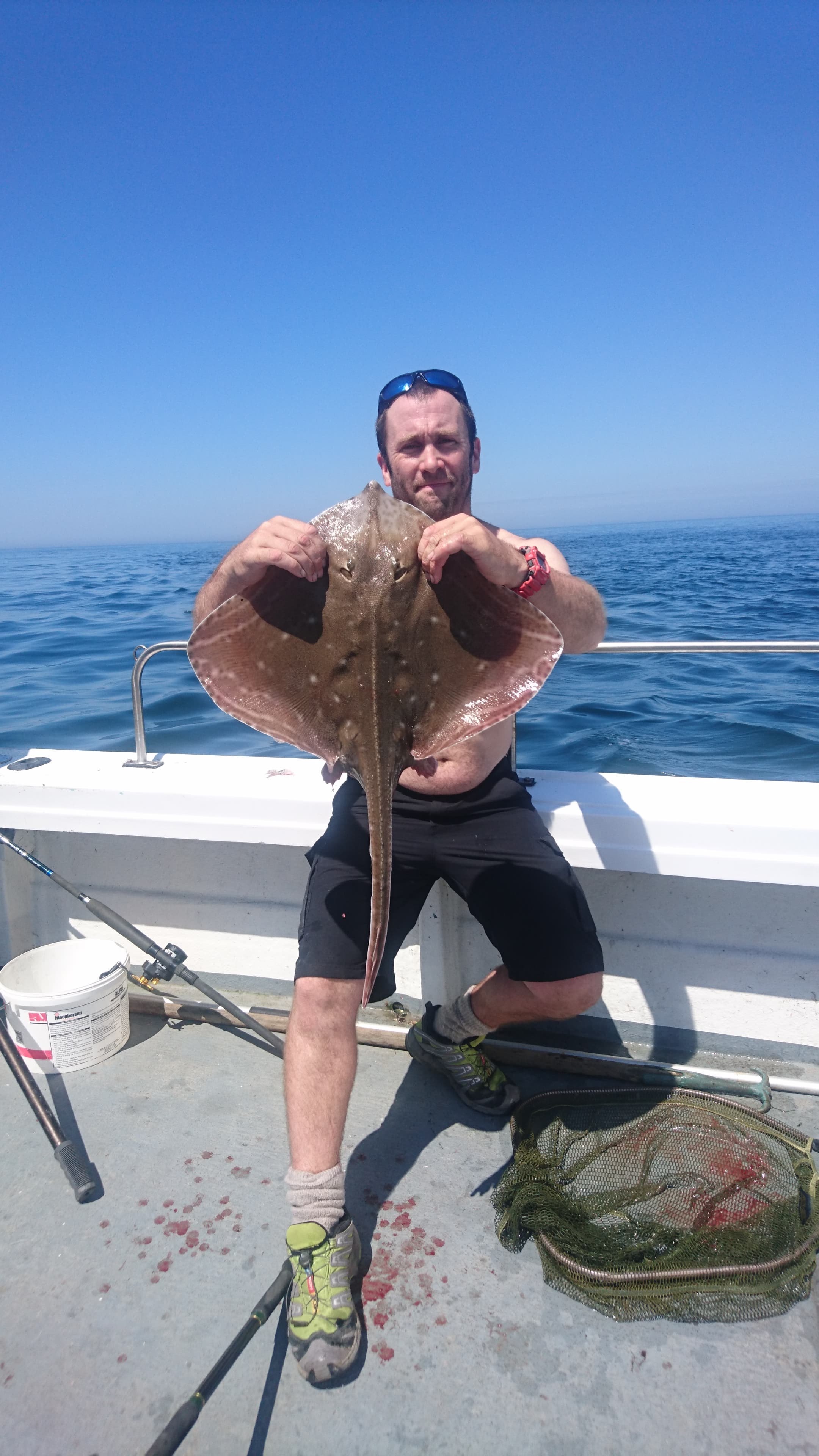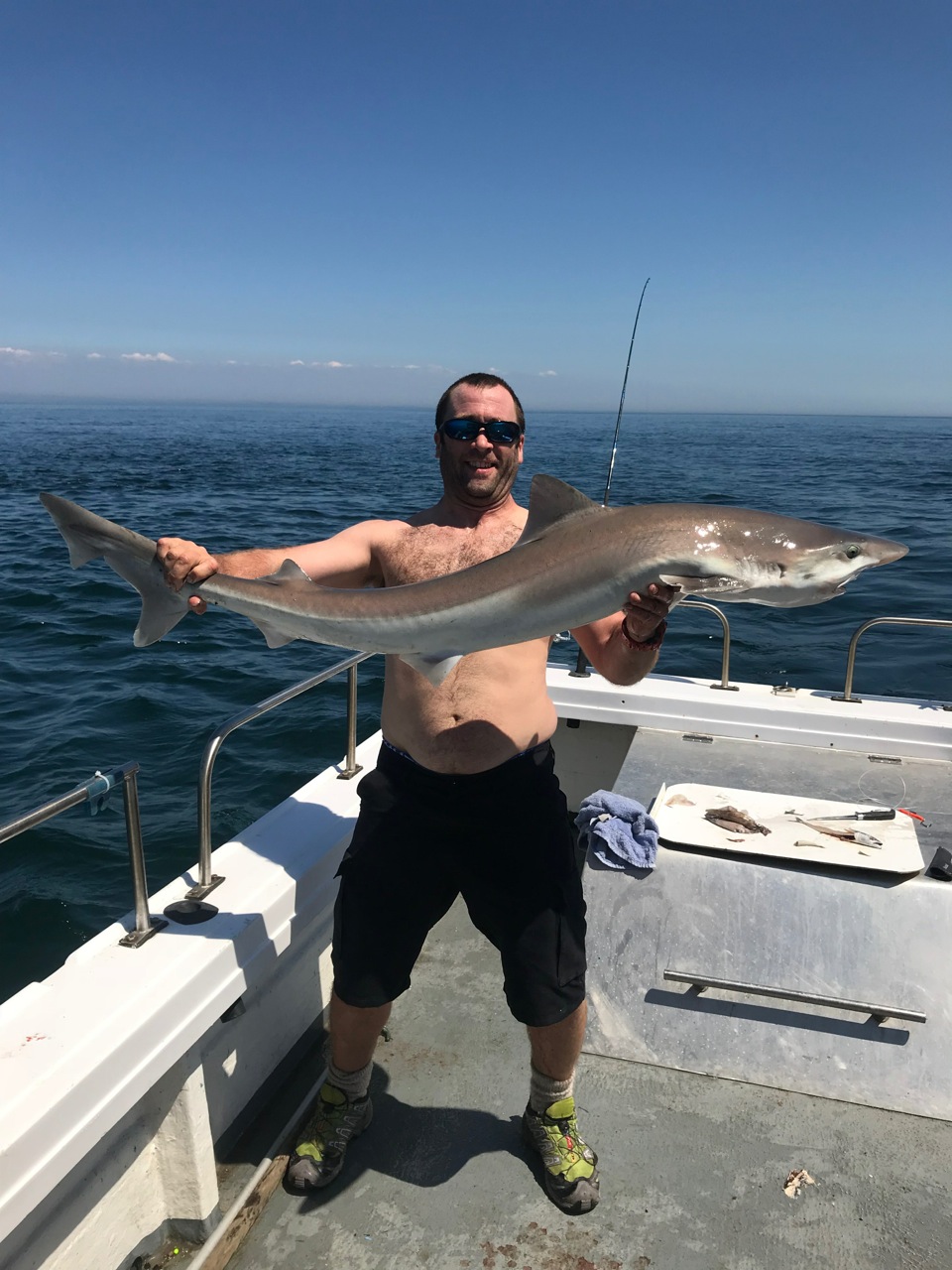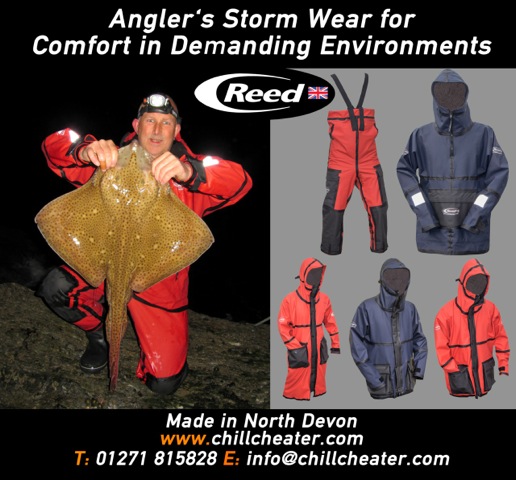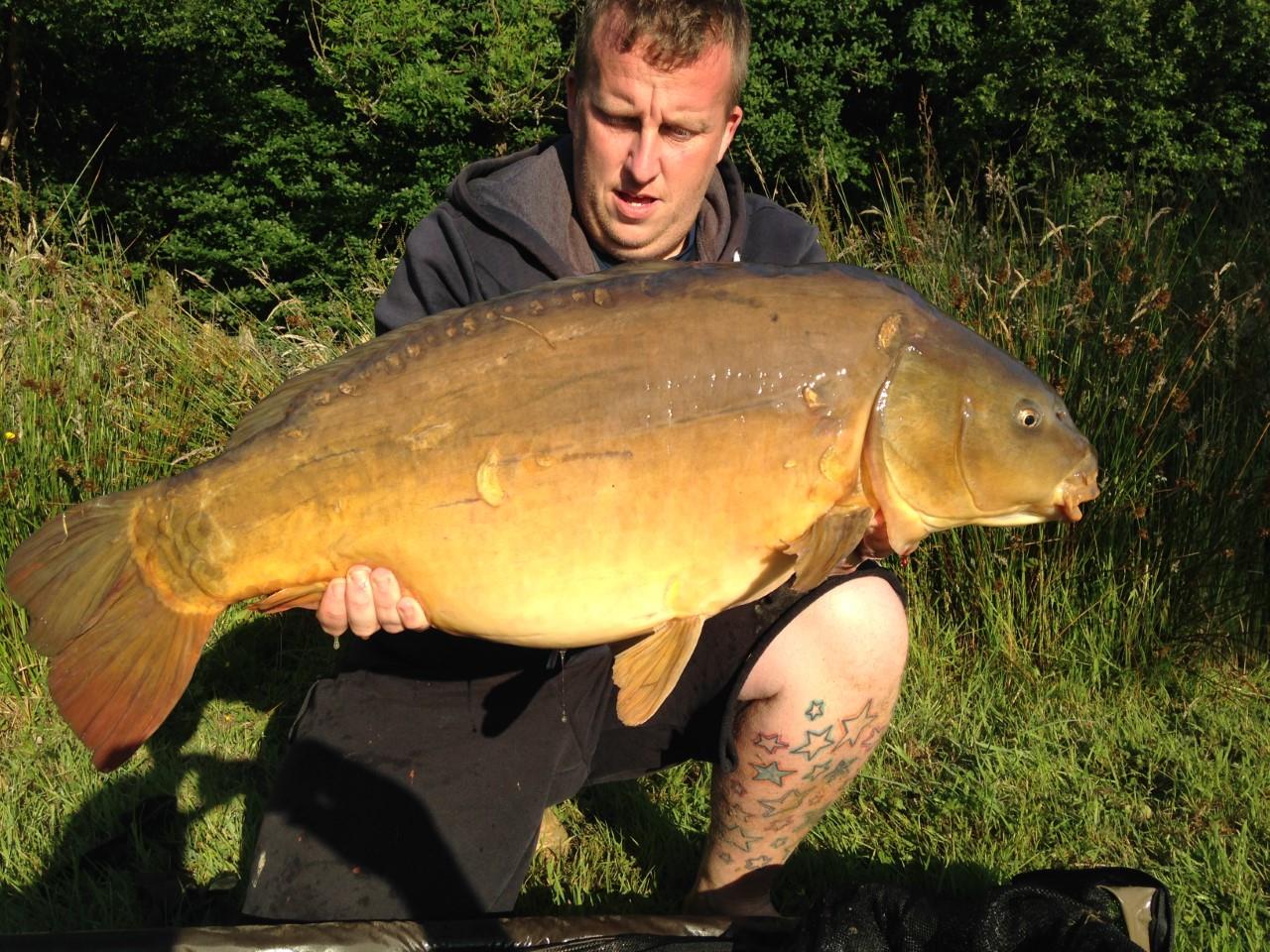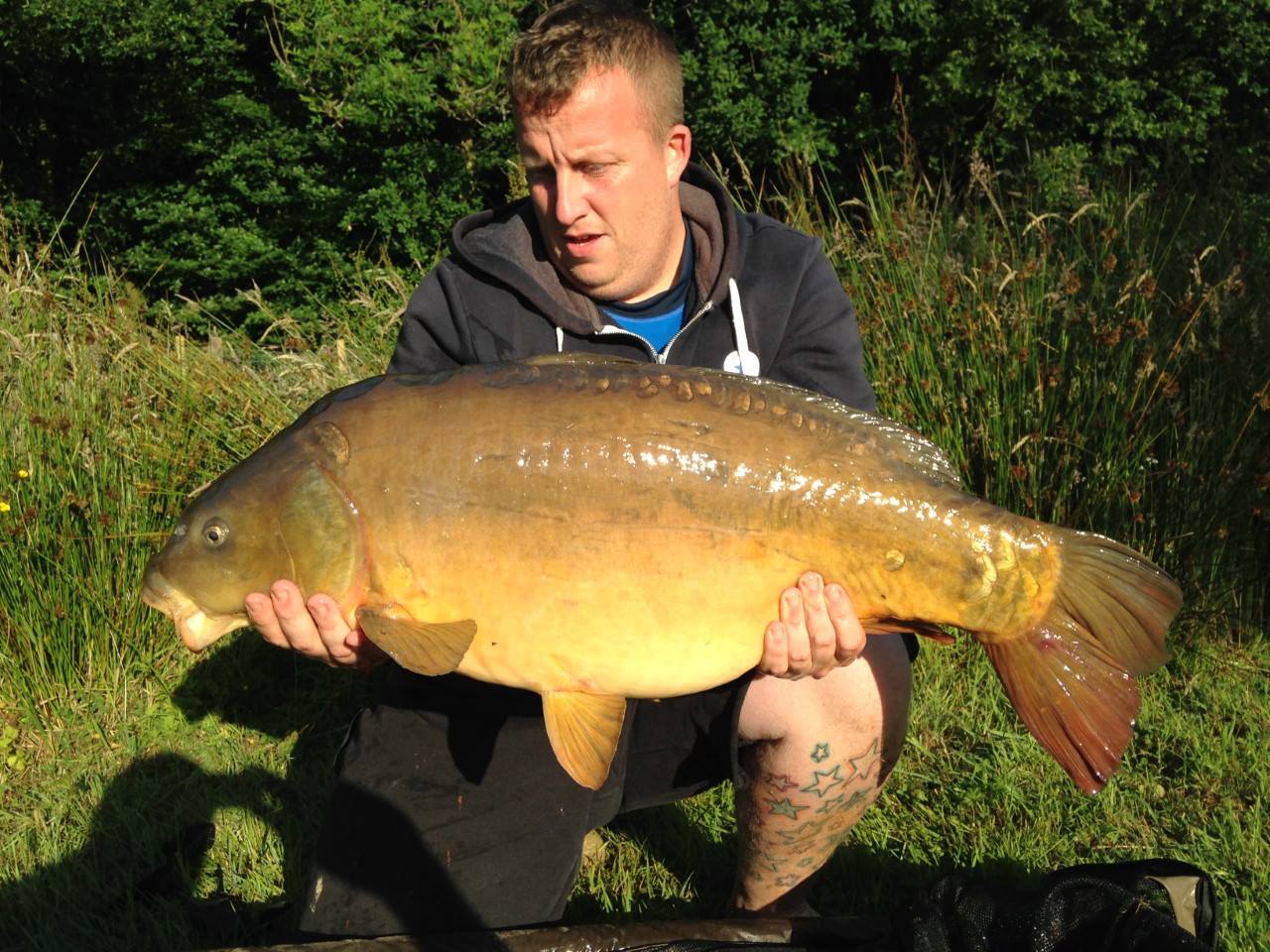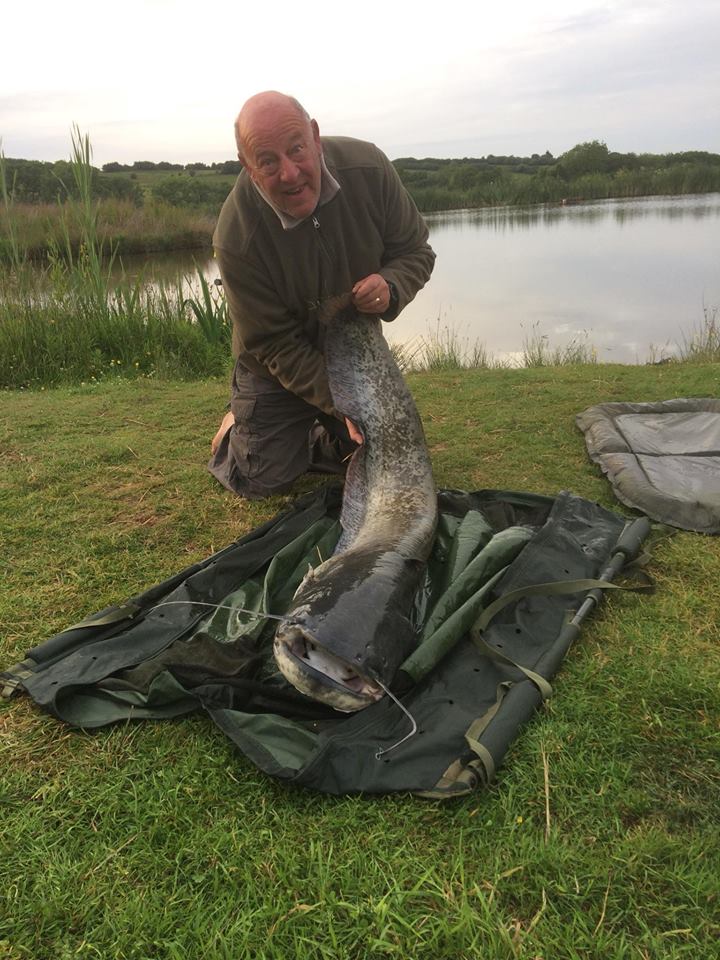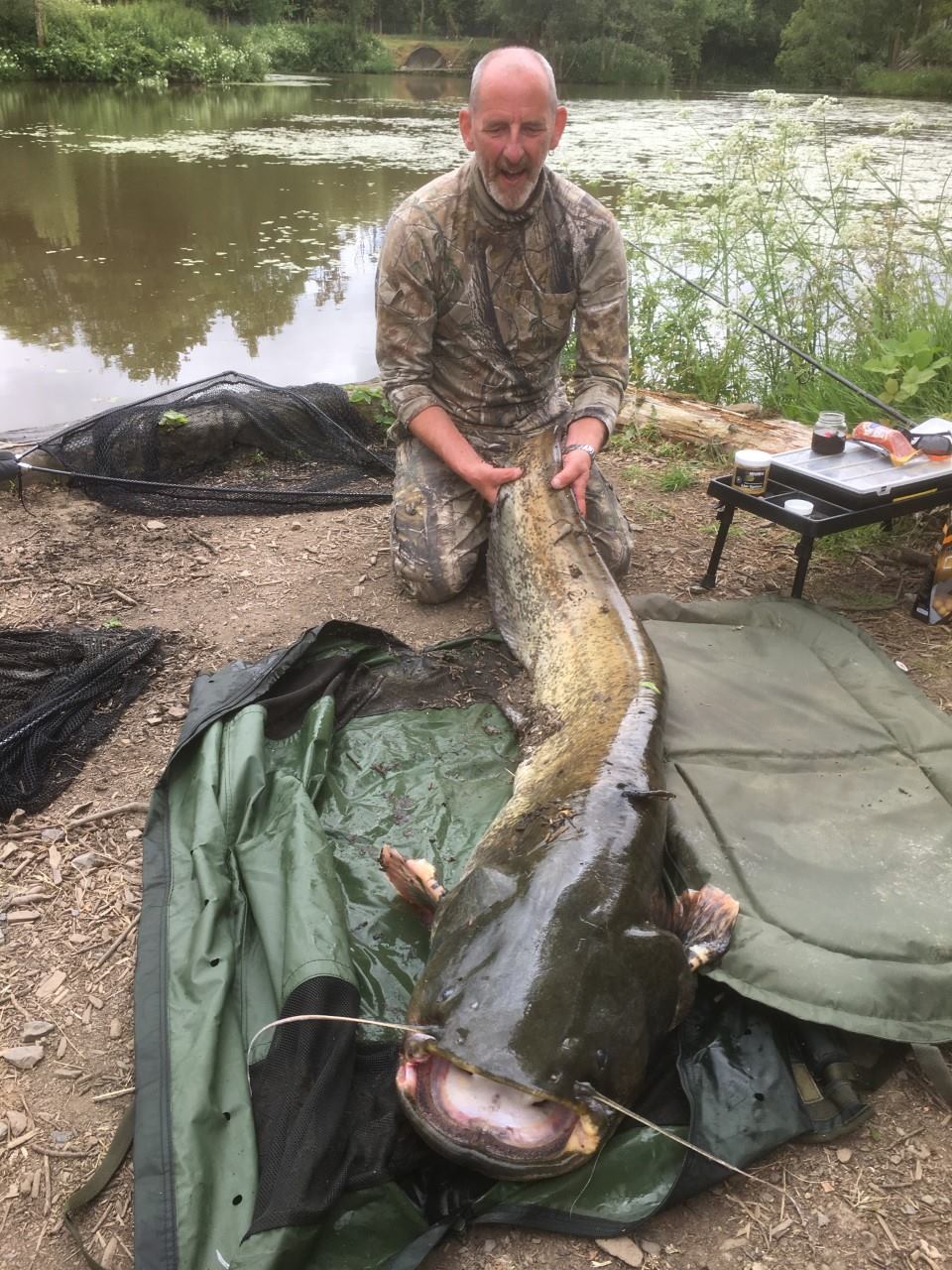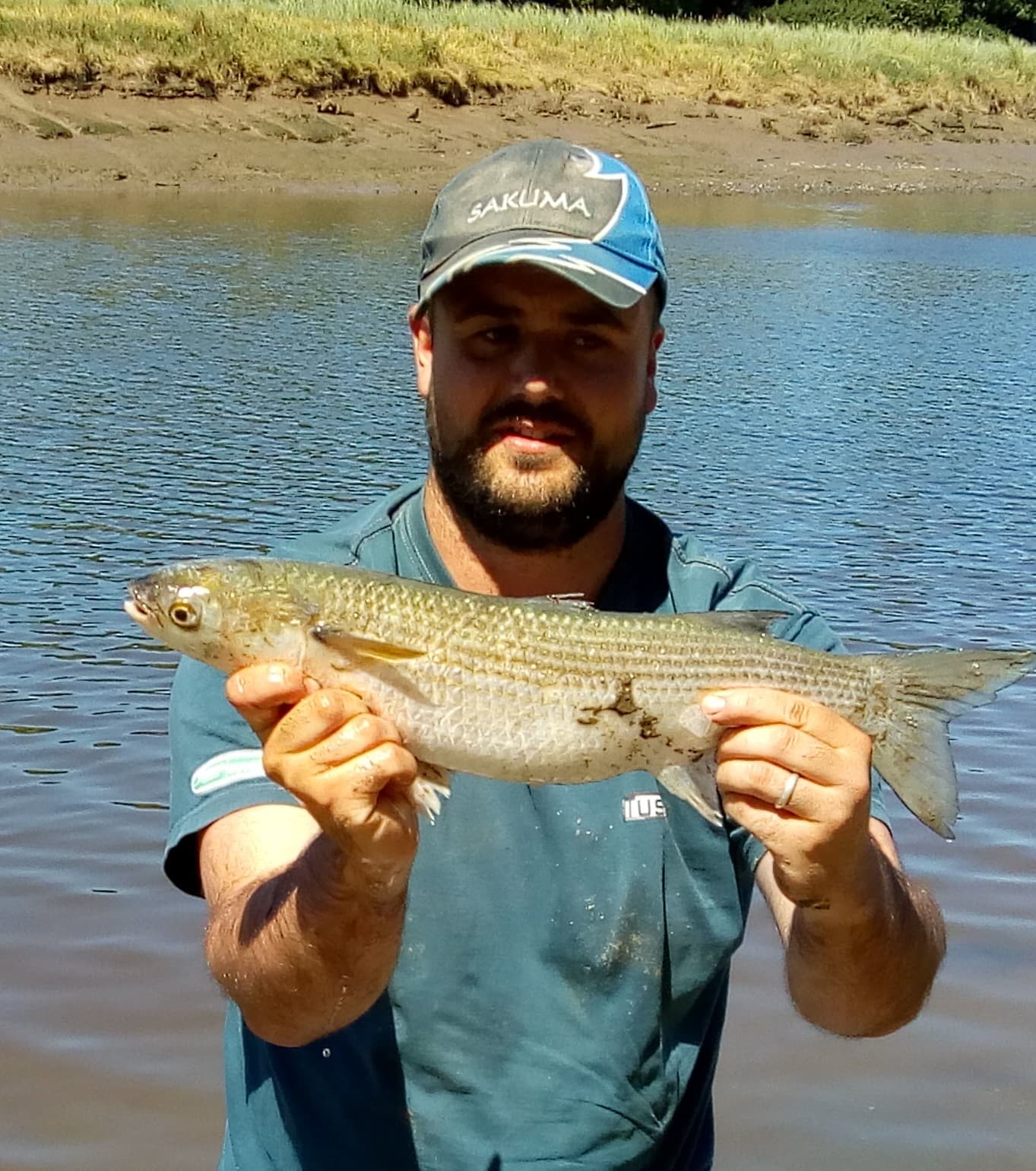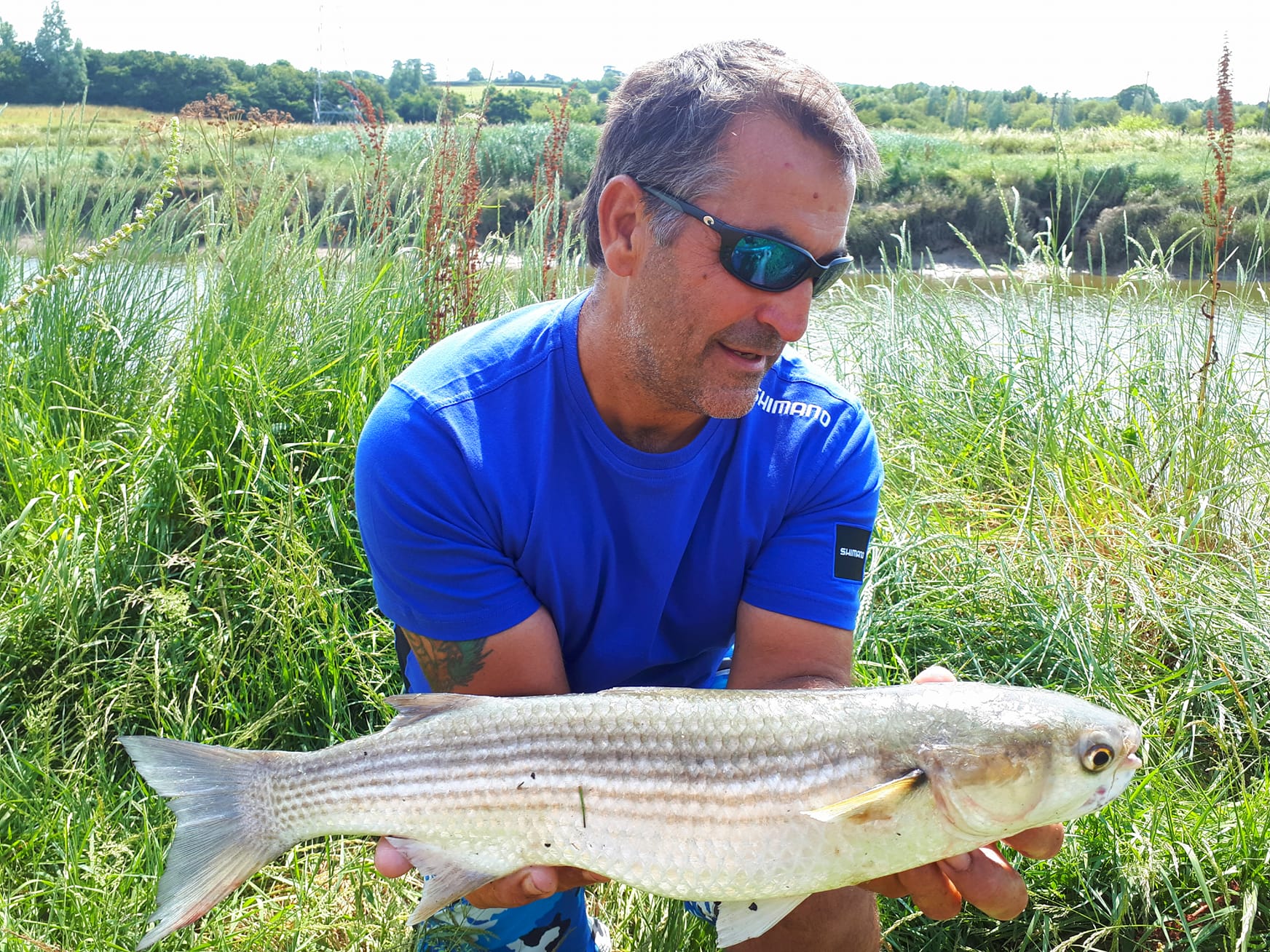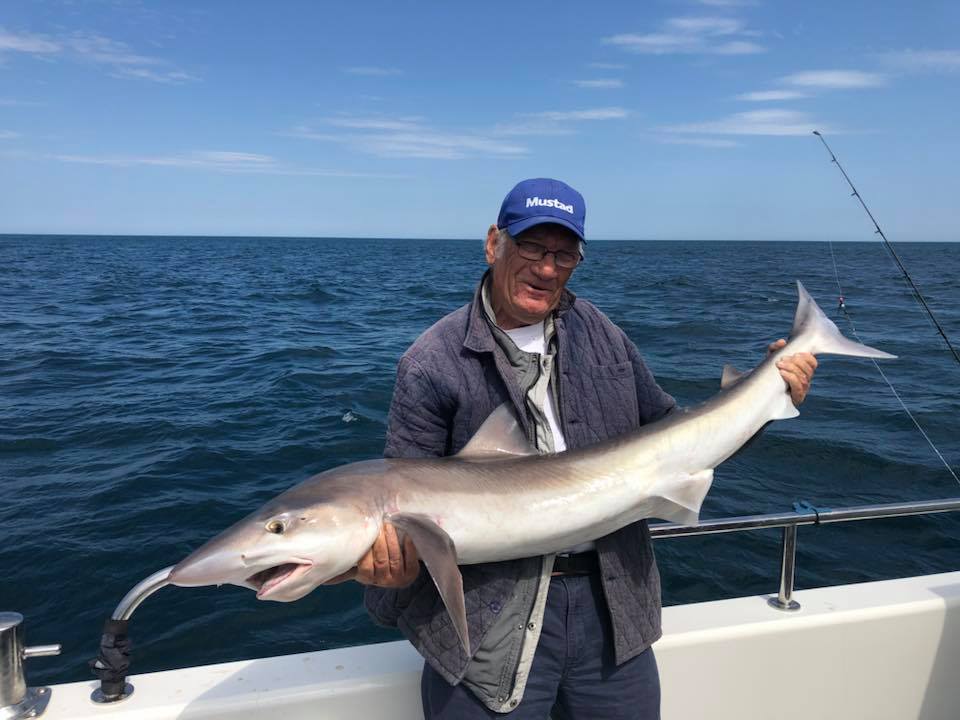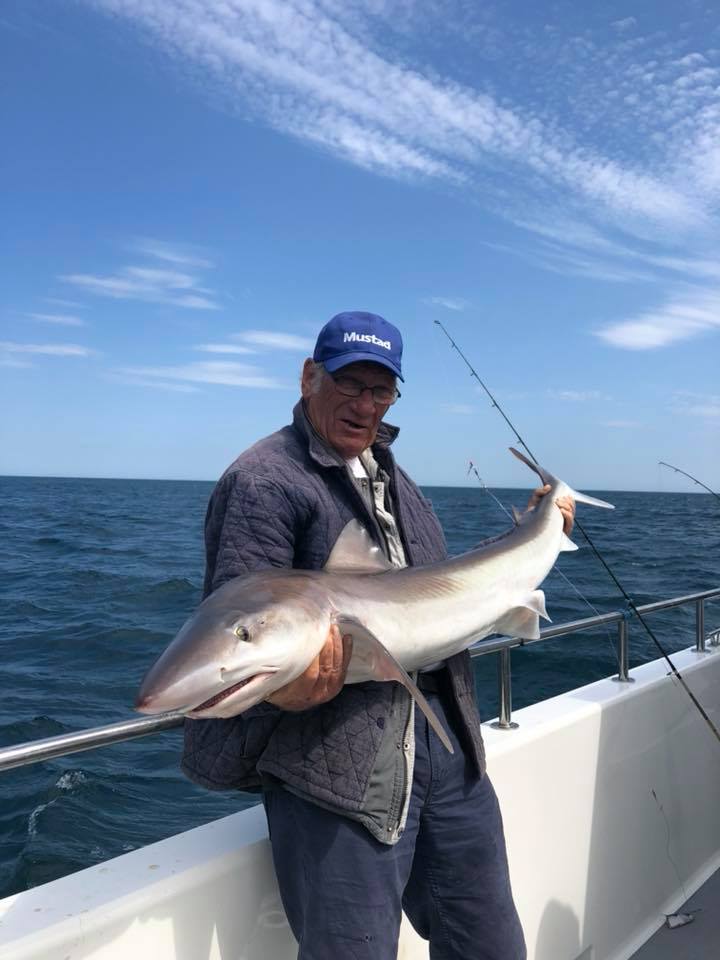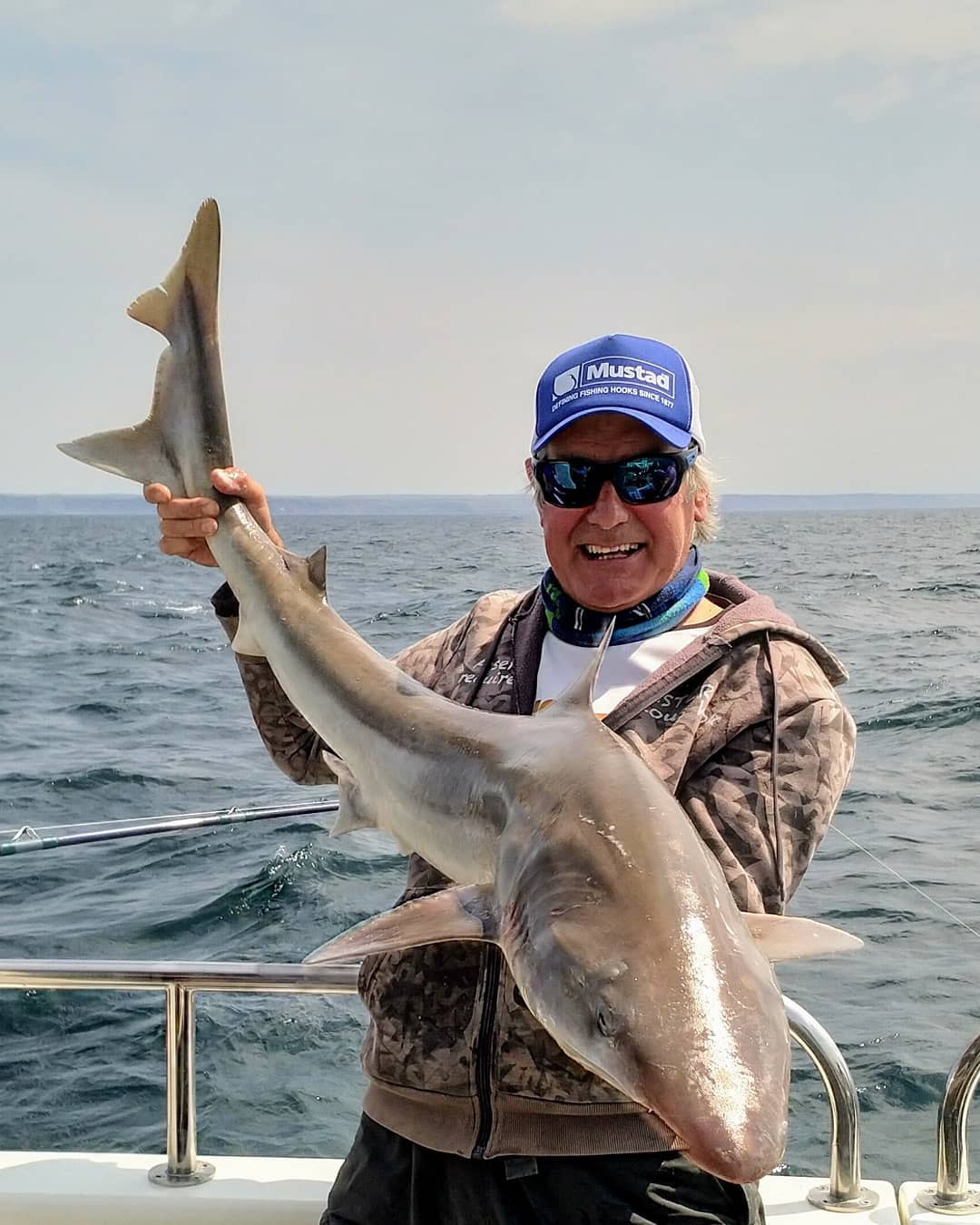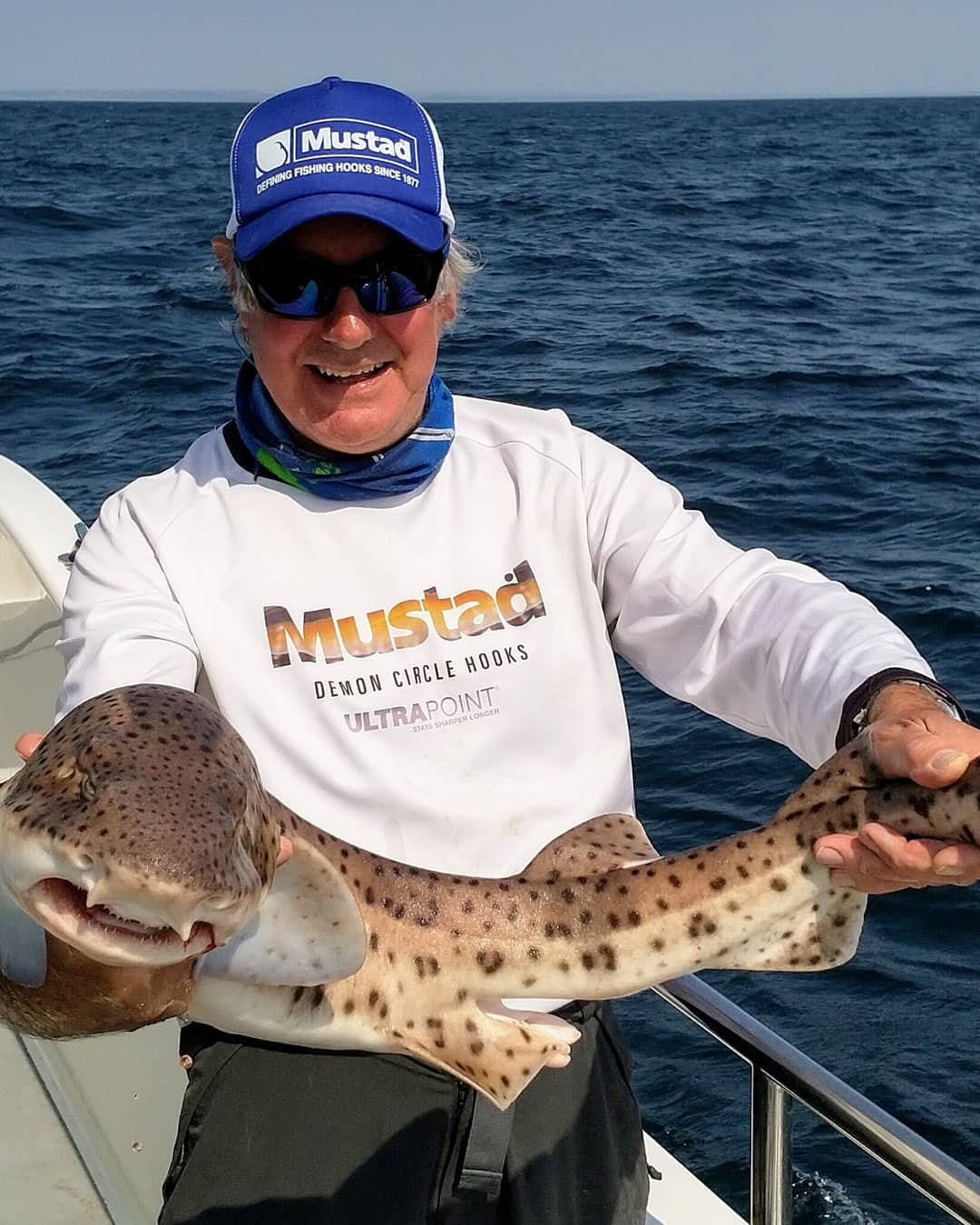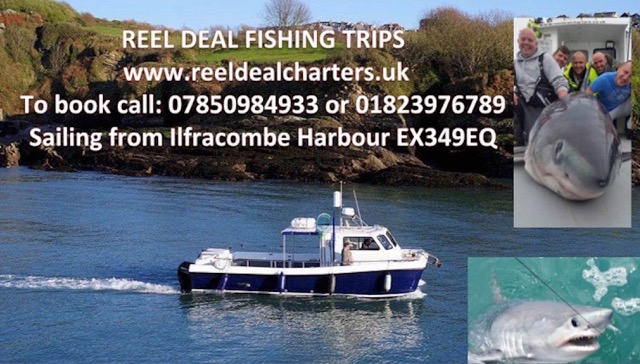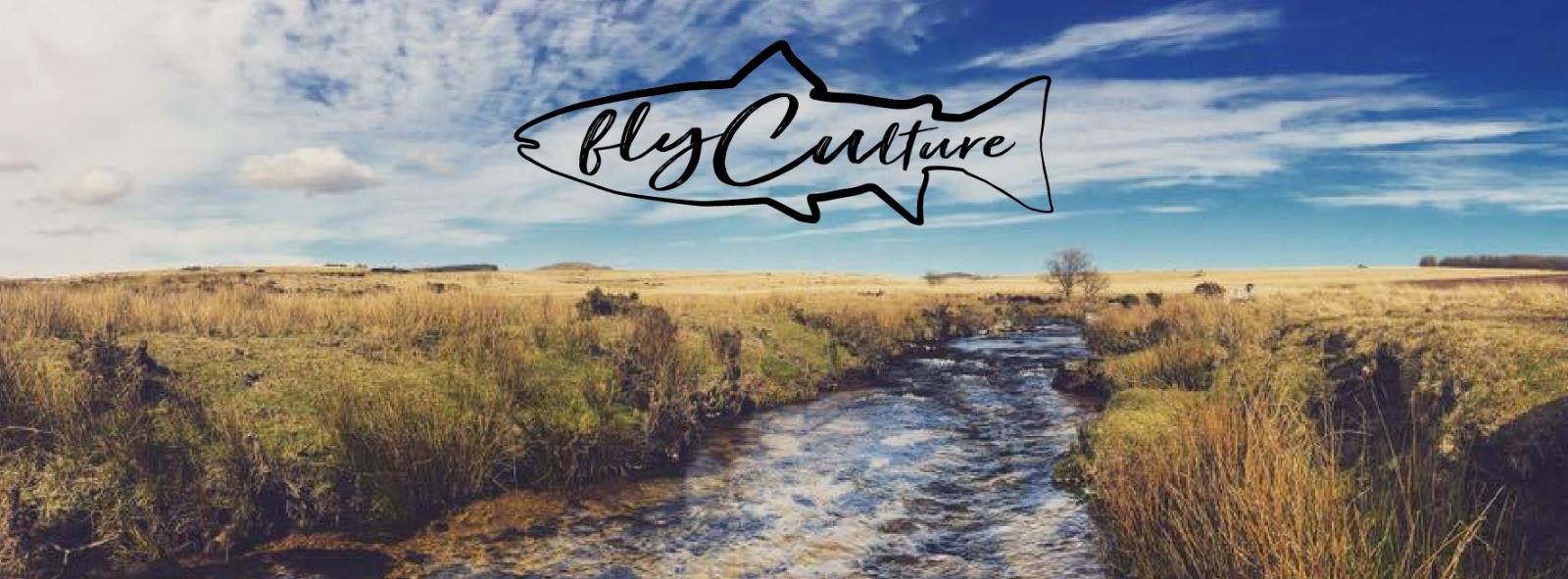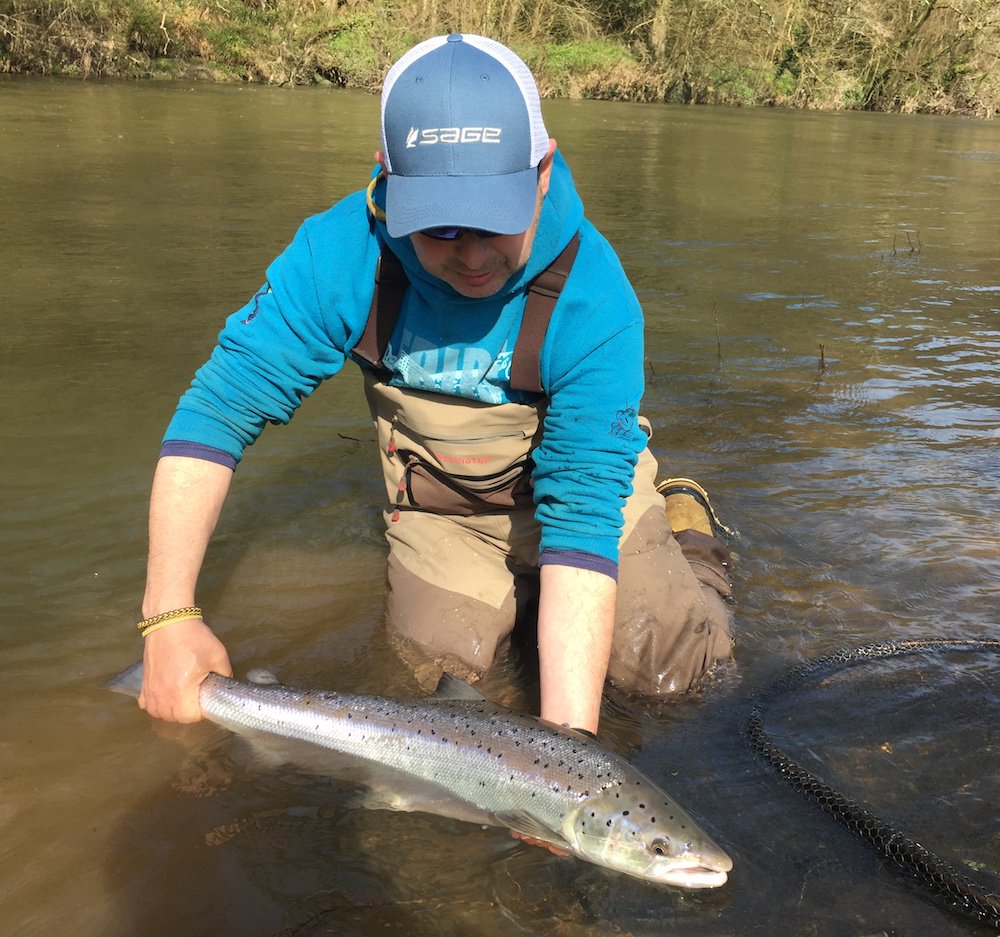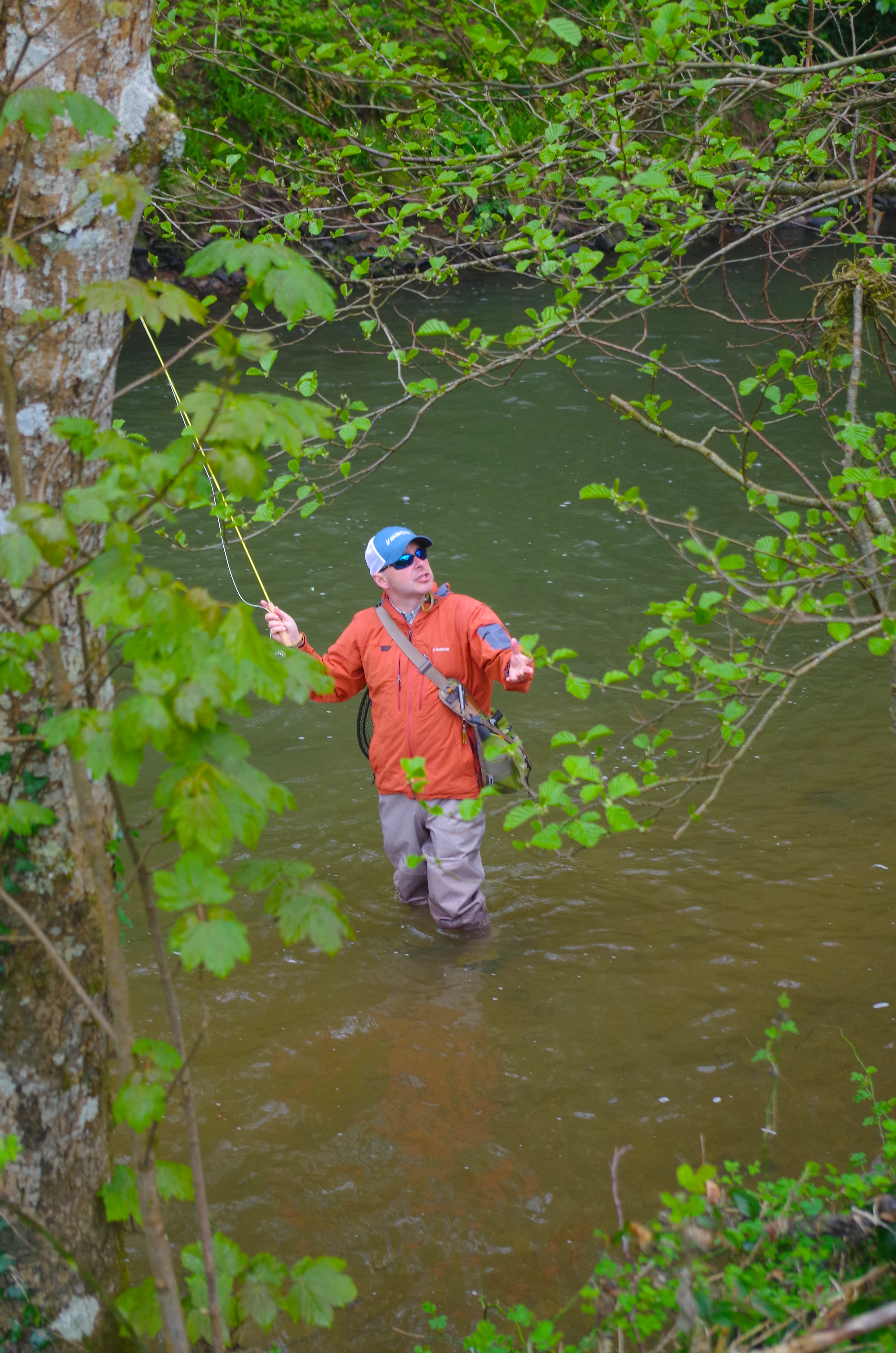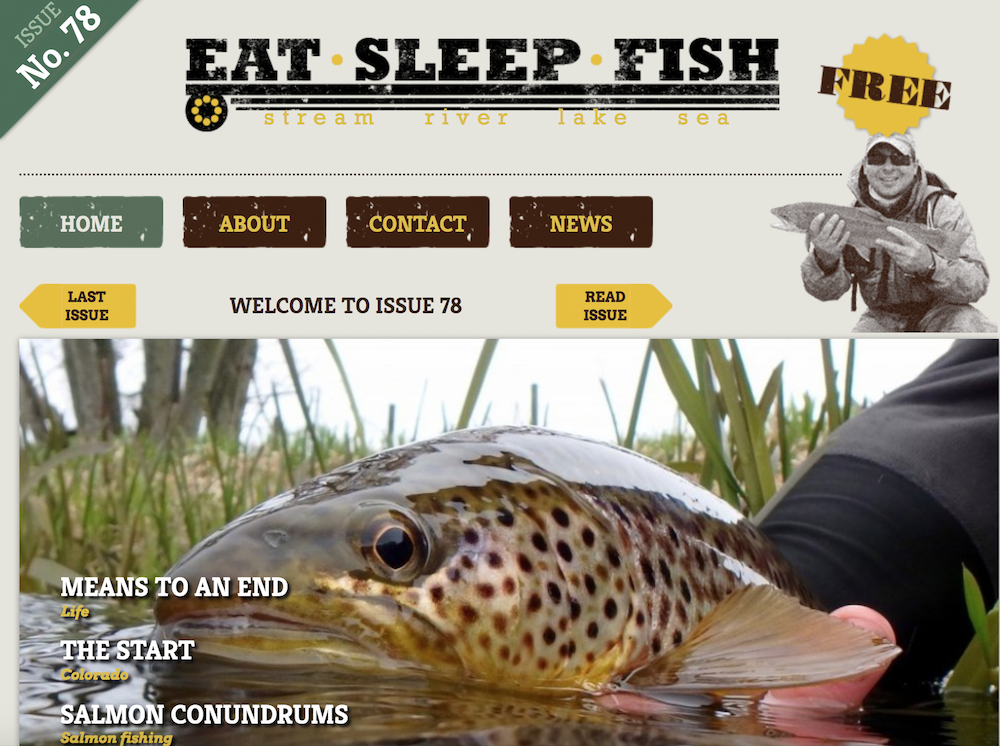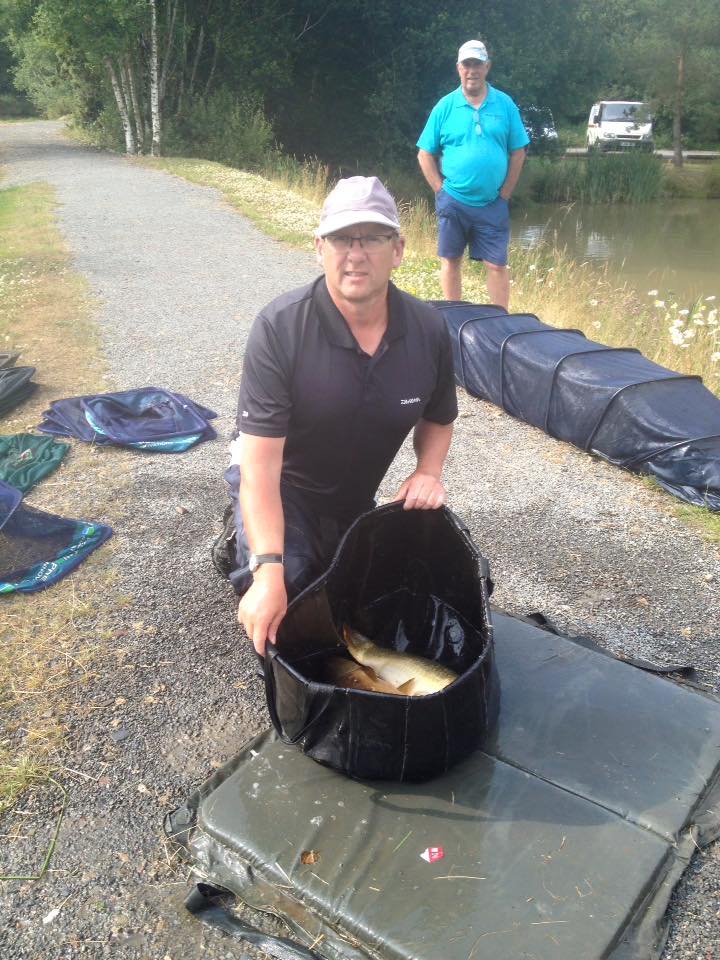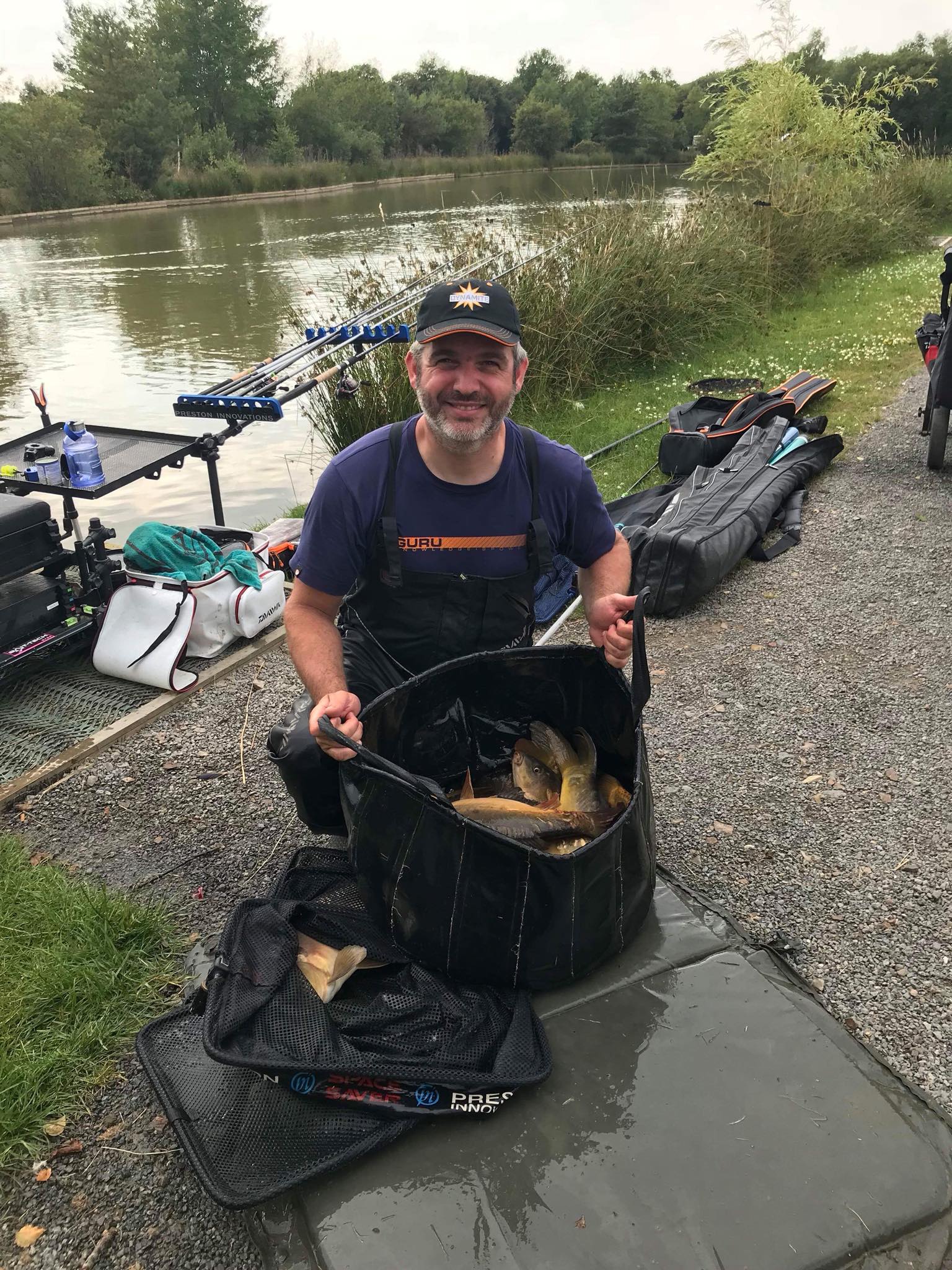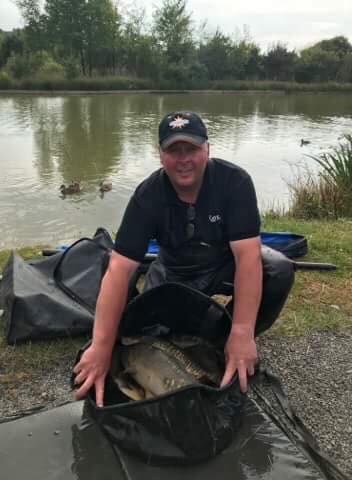BAKE TWO DAYER 2018
Looks like North Devon Tackle Club and a great weekend at Bake Lakes. Many thanks to Barry Lee for sending this excellent summary. The images are great and give a good idea of what a fun weekend it was!
What a great weekend, maybe not so much on the fishing front, but the company, banter & beer made up for that!!!
It was good to see some of the anglers that normally struggle to catch a few, Mick Seward weighing in 70lb+ over the two days and in particular Terry Ramsden who went on to win his 2nd ever fishing match yesterday with 77-14…. well done chaps!
A big “thank you” to Andy Seery for supplying us all with prizes…. in fact this years top 2 were using So Simple pellets & groundbait.
If you ever want any So Simple products, take a look at Andy’s facebook page or send him a message.
So Simple Bait Company “Home of the Gonut”
Team results:
1st – 28 points
Kevin Wilton
Baz ‘no longer the 4th’ Barry Lee
Mick Seward
2nd – 45 points
Norman Martin
Terry Ramsdan
Mark Seward
3rd – 54 points
Simon Poynter
Andrew Haynes
Peter Seward
4th – 56 points Dean Vickery
Andy Grattan
Kev Grant
5th & wooden spoon – 57 points
Gord Maeers
Jim
Dion Martin
Individual Overall
1st Barry Lee 144-1
2nd Gord Maeers 135-2
3rd Norman Martin 101-10
4th Terry Ramsden 85-6
5th Simon Poynter 81-2
6th Mick Seward 70-15
7th Kev Grant 64-6
8th Kevin Wilton 61-1
9th Dean Vickery 45-15
10th Andrew Haynes 40-8
11th Mark Seward 33-8
12th Dion Martin 29-0
13th Andy Gratton 26-1
14th Peter Seward 22-10
15th & Boobie Prize Jim 16-2
Best Match Weight
Gord Maeers 81-8
Biggest Fish
Kevin Wilton 12-15 (Ghost Carp)
Best Silvers Weight
Simon Poynter 10-5 of lovingly caught pairs of eye’s, only to be beaten by Peter Seward with 10-6 of mistakenly caught skimmers!!!! (i’m not bitter!!!!!)![]() 🤣
🤣
Biggest Hangover
Dion Martin
Best Battle Scar
Peter Seward
Best Joe Pasquale Impersonator
Also winning Best Belly Slide, Most Drunk, Most Helium Consumed, Best Elvis, Most Shots Purchased….. and many more!!! ![]() 😂
😂
Norman Martin
